Ancient Egypt: Political History
1/172
Earn XP
Description and Tags
Inc. Notable Events described under whichever ruler the events apply to
Name | Mastery | Learn | Test | Matching | Spaced |
|---|
No study sessions yet.
173 Terms
~3150 BCE - 2980 BCE - Dynasty I of Egypt (All Kings)
Egyptian Dynasty consisting of the rule of many kings, notably including
King Narmer / Menes
Hor-Aha
Djer
Djet
Den
Anedjib
Semerkhet
Qa'a
Queen Neithhotep
Marks the beginning of the "Old Kingdom" period of Egypt
~3150 BCE - 2980 BCE - Dynasty I of Egypt (All Facts)
Egyptian Dynasty characterized by
Subsidiary Burials
Its rulers coming from the district of This el-Birba in Upper Egypt, hence the name “Thinite” Dynasty
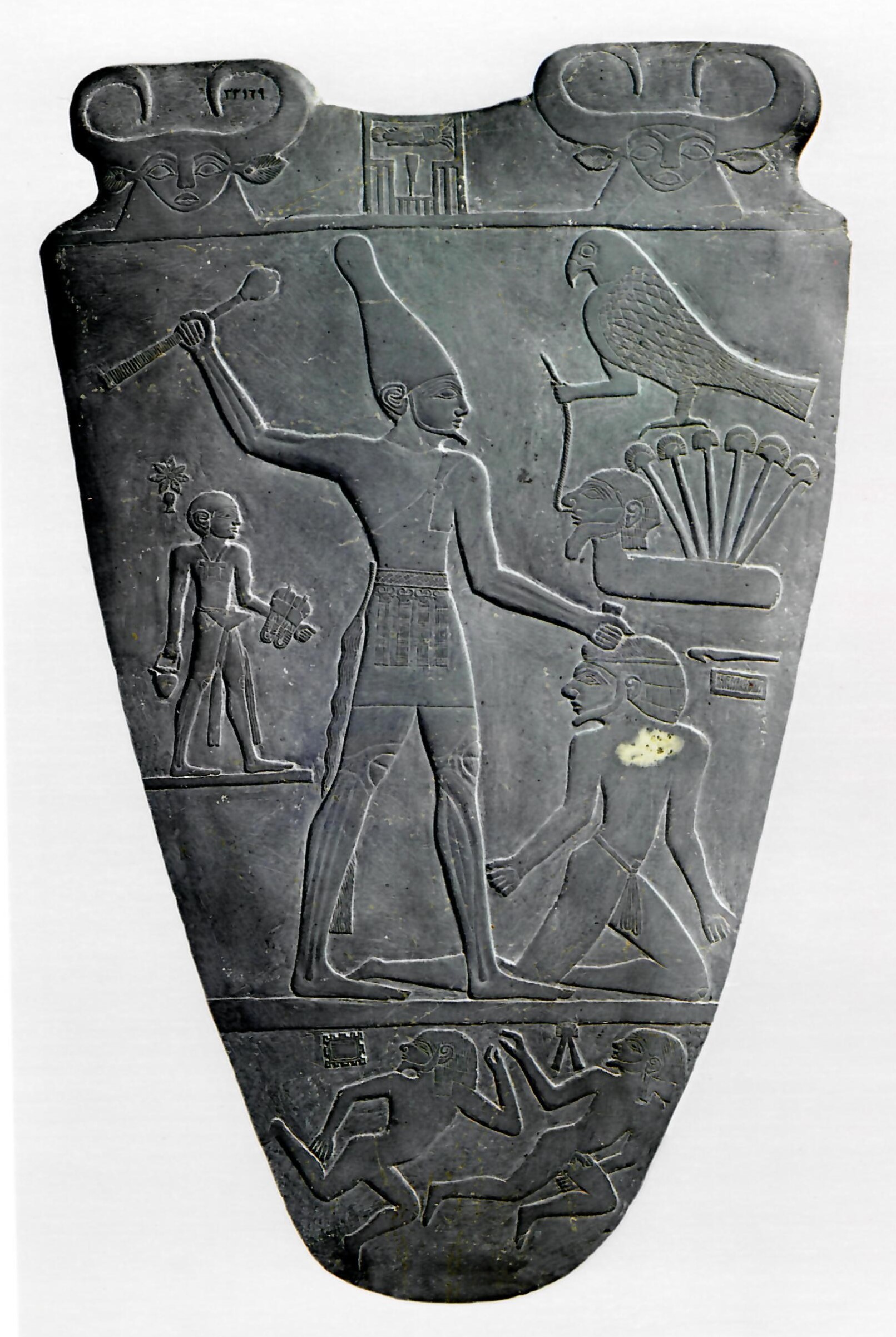
~3150 BCE - 3050 BCE - King Narmer / Menes (All Policies)
1st King of the 1st Dynasty
Founded the Thinite Dynasty, named after the district of This el-Birba in Upper Egypt, from where the kings of the dynasty come
He uses multiple names:
His first name is inscribed on ceremonial palettes and mace heads at Hierakonpolis (in Southern Egypt) in honor of his jubilee
This jubilee was a festival intended to rejuvenate and re-invigorate him for the next part of his reign
His second name is so he could be equated with the god Horus
Horus is the falcon-god with whom all Egyptian kings since the namesake king have identified and to whom the temple at Hierakonpolis is dedicated
Unified Upper and Lower Egypt (the Nile Valley and Delta)
Can be seen in his namesake palette which depicts him wearing both of the "crowns" of the two areas (the white crown of Upper Egypt and the red crown of Lower Egypt)
Likely by marrying Queen Neithhotep as a strategic marriage to gain control over the area by strengthening his bonds with the other families of Upper Egypt and thus to increase his power in controlling Lower Egypt moreover
Did so under one rule
Expanded Egypt's territory, evident due to archaeological findings of his name outside of the land of Egypt
Established Egypt’s capital at Memphis (Inebhedj / “White Wall”) at the apex of the Nile Delta
Oversaw a relatively simple administrative system
High officials were buried in brick tombs at Saqqara
Buried at Um El Qa'ab in a Mastaba near Abydos
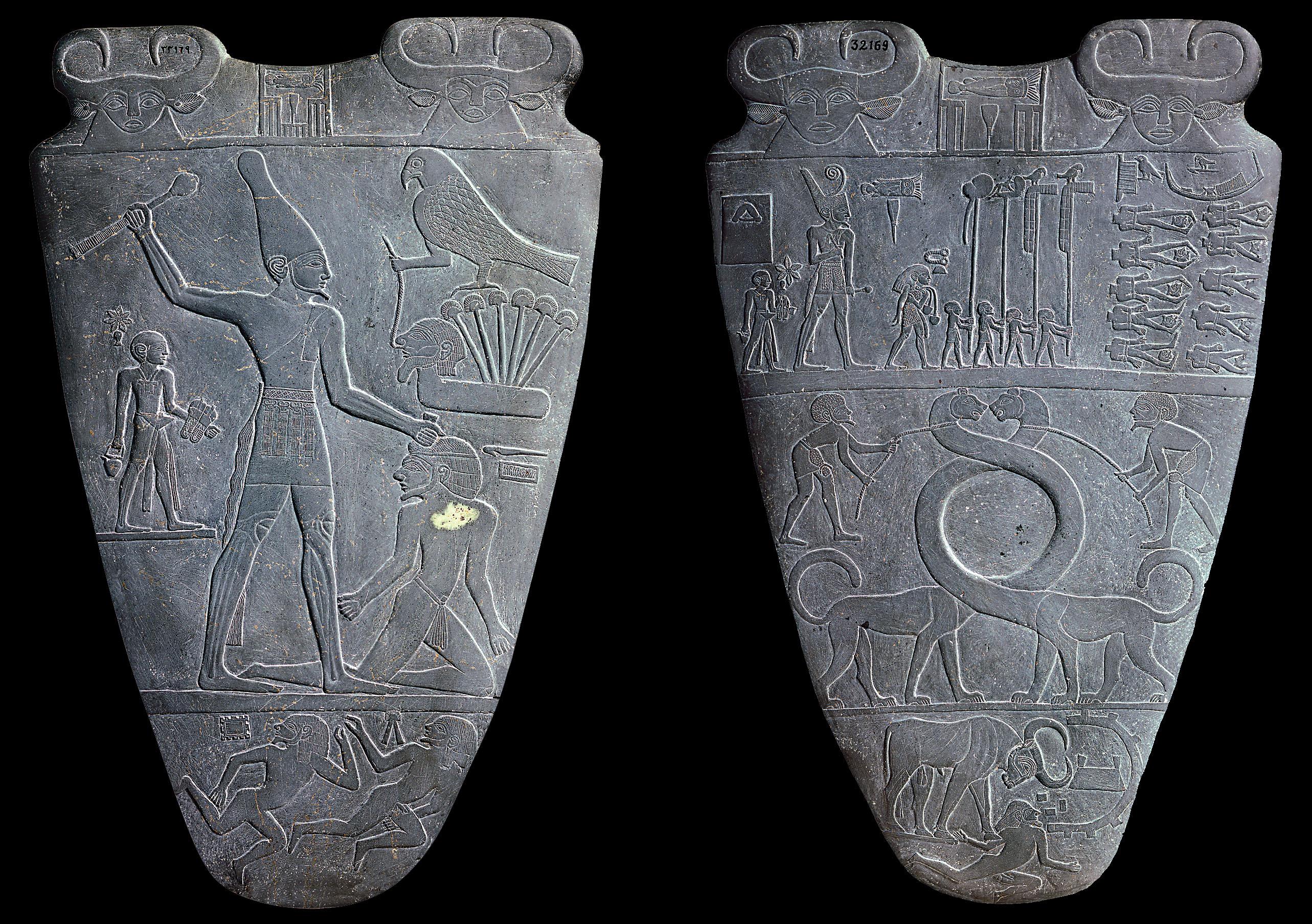
~3150 BCE - 3050 BCE - Queen Neithhotep (All Policies)
1st Queen of the 1st Dynasty
She was from Upper Egypt (of which the goddess of whom she is named after was worshipped there) and married King Narmer as a symbolic unification of the two lands or as a strategic marriage in order that the two lands become and thus remain unified
Buried at a much larger tomb than her husband, apparently, in her own Mastaba

~3150 BCE - 2980 BCE - Hor-Aha (All Policies)
1st/2nd King of the 1st Dynasty
Moved the capital of Egypt from Thinis to Memphis, thus strategically centralizing authority
Considered to have "founded" Memphis or the "white-walled" city
Supposedly practiced "Subsidiary Burials" (funerary ritual involving human sacrifice) in which his servants were either poisoned or strangulated in order that they immediately serve their master in the afterlife (just as they did while on Earth) and thus are all buried near his tomb
Supposedly had multiple wives, one of which was named Berenib, as her tomb sits right next to his at the Royal Cemetery; another being Hent (or Khenthap), with whom had a son who was his supposed heir
His name means "the fighting hawk" although he may be identified as King Menes (1st King) due to the fact that one of his royal names is "Men" from which "Menes" would be derived and thus would have taken this name by uniting Upper and Lower Egypt
Buried at the Royal Cemetery of Abydos; he had a ceremonial tomb (or cenotaph) built at Saqqara, just outside of Memphis
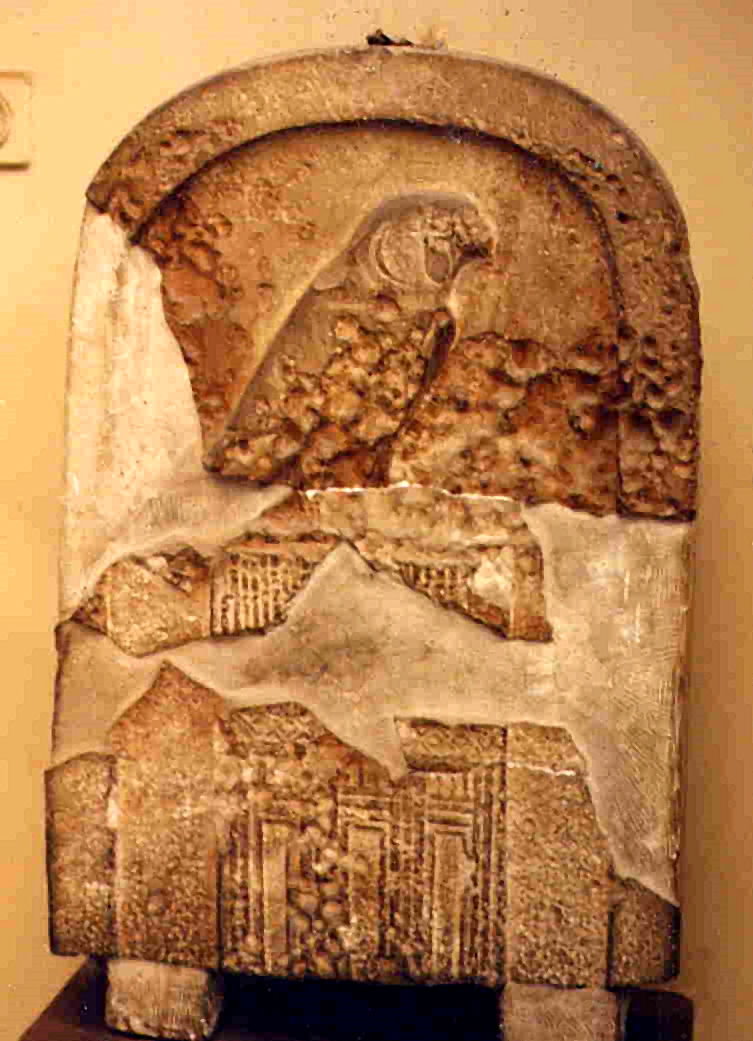
~3150 BCE - 2980 BCE - Djer (All Policies)
3rd King of the 1st Dynasty
Lead expeditions to the Sinai Peninsula/Lower Canaan, and also to the then-known cities of Buto and Sais in the Delta Region, where there were great temples and shrines built in honor of certain Gods
Supposedly practiced "Subsidiary Burials" (where tombs surrounding his contained mostly women and members of the royal family - 300 members total were ritually sacrificed), and (thus) he was buried at the Royal Cemetery of Abydos
His name means "Horus who nurtures”

~3150 BCE - 2980 BCE - Djet (All Policies)
4th King of the 1st Dynasty
Practiced/had "Subsidiary Burials" at the Royal Cemetery of Abydos
Burried at the Royal Cemetery of Abydos
Had a ceremonial tomb (or cenotaph) built at Saqqara, just outside of Memphis
~3150 BCE - 2980 BCE - Queen Merneith (All Policies)
4th Queen of the 1st Dynasty
It is possible that she ruled in her own name, rather than as reagent to Den, and thus it is possible she was the first female ruler of Egypt
40 servants were sacrificed near her tomb at the Royal Cemetery of Abydos and thus had continued the practice of "Subsidiary Burials"
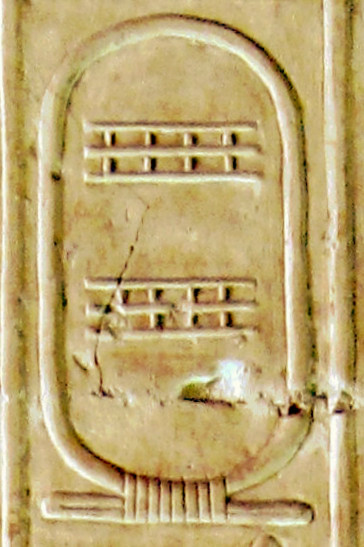
~3150 BCE - 2980 BCE - Den (All Policies)
5th King of the 1st Dynasty
Instituted a census of the Egyptian population (arguably the first census ever recorded in history)
He was the first King to receive a "throne name" ("Semti")
He was the first King to carry the "Nekhakha", the baton which symbolizes the King's (Pharaoh's) authority
Egyptian architecture improved considerably under his reign evident in his burial tomb having a stairway entrance to the tomb, a massive burial chamber, and a granite and stone-based floor, all features of which had not been exhibited in tombs prior to his; had the largest and most architecturally sophisticated tomb up to that point
Art and architecture greatly develop under his rule including relief-carving, metal craftsmanship, furniture-making, sculpture in the round, and Mastabas
Led many military campaigns against the Canaanites in which he brought back many foreign women to fill his Royal Harem
Considered the most powerful ruler of the First Dynasty of Egypt
He was only a boy when his father died, so his mother "Queen Merneith" ruled as reagent until he was old enough to rule on his own

~3150 BCE - 2980 BCE - Anedjib (All Policies)
6th King of the 1st Dynasty
Considered to have been a very weak ruler
Due to the fact that, during his rule, there were revolts in Upper Egypt against Memphis which lost control over such regions and even power struggles within the Royal Family itself
Evident in his rather small and poorly constructed burial tomb with his name having been erased on much of the pottery found within his tomb

~3150 BCE - 2980 BCE - Semerkhet (All Policies)
7th King of the 1st Dynasty
Considered to be an invalid successor or usurper to the throne and the revolts against his predecessor continued with him
Buried at a tomb in equal size and splendor to that of his predecessors at the Royal Cemetery of Abydos, but does NOT have a ceremonial tomb at Saqqara like that of the majority of his predecessors
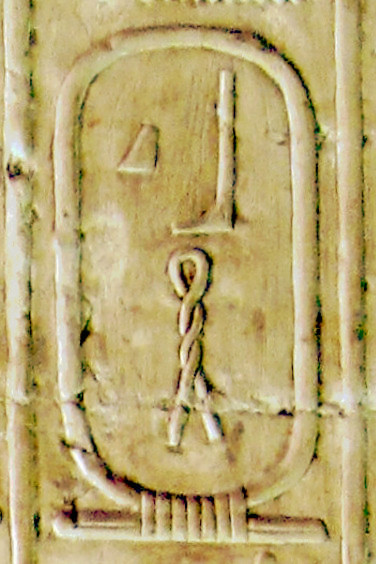
~3150 BCE - 2980 BCE - Qa'a (All Policies)
8th and Final King of the 1st Dynasty
Last King to have had/practiced funerary rituals of human sacrifice that comprised the "Subsidiary Burials" that were tombs which surrounded his (only 26 servants of his were buried alongside with him, the lowest number up to this point)
Conducted trade with the Levant
~2980 BCE - 2690 BCE - Dynasty II of Egypt (Fact 1)
Egyptian Dynasty consisting of the rule of many kings, notably including
Hotepsekhemwy
Raneb/Nebra
Nynetjer
Peribsen
Khasekhemwy
Weneg
Senedj
Nubnefer
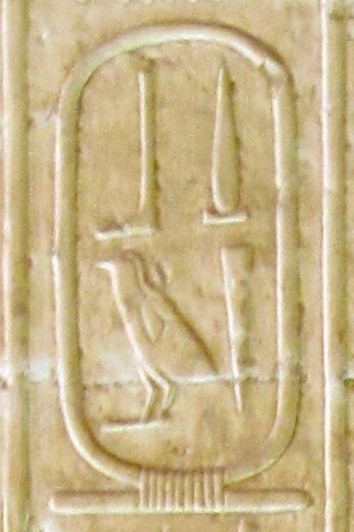
~2980 BCE - 2690 BCE - Hotepsekhemwy (All Policies)
1st King of the 2nd Dynasty
Buried at Saqqara, where his actual body was buried and was the first King to have been actually buried there, with NO burial tomb at the Royal Cemetery of Abydos
Considered to have arose peacefully since he oversaw the burial of Qa'a
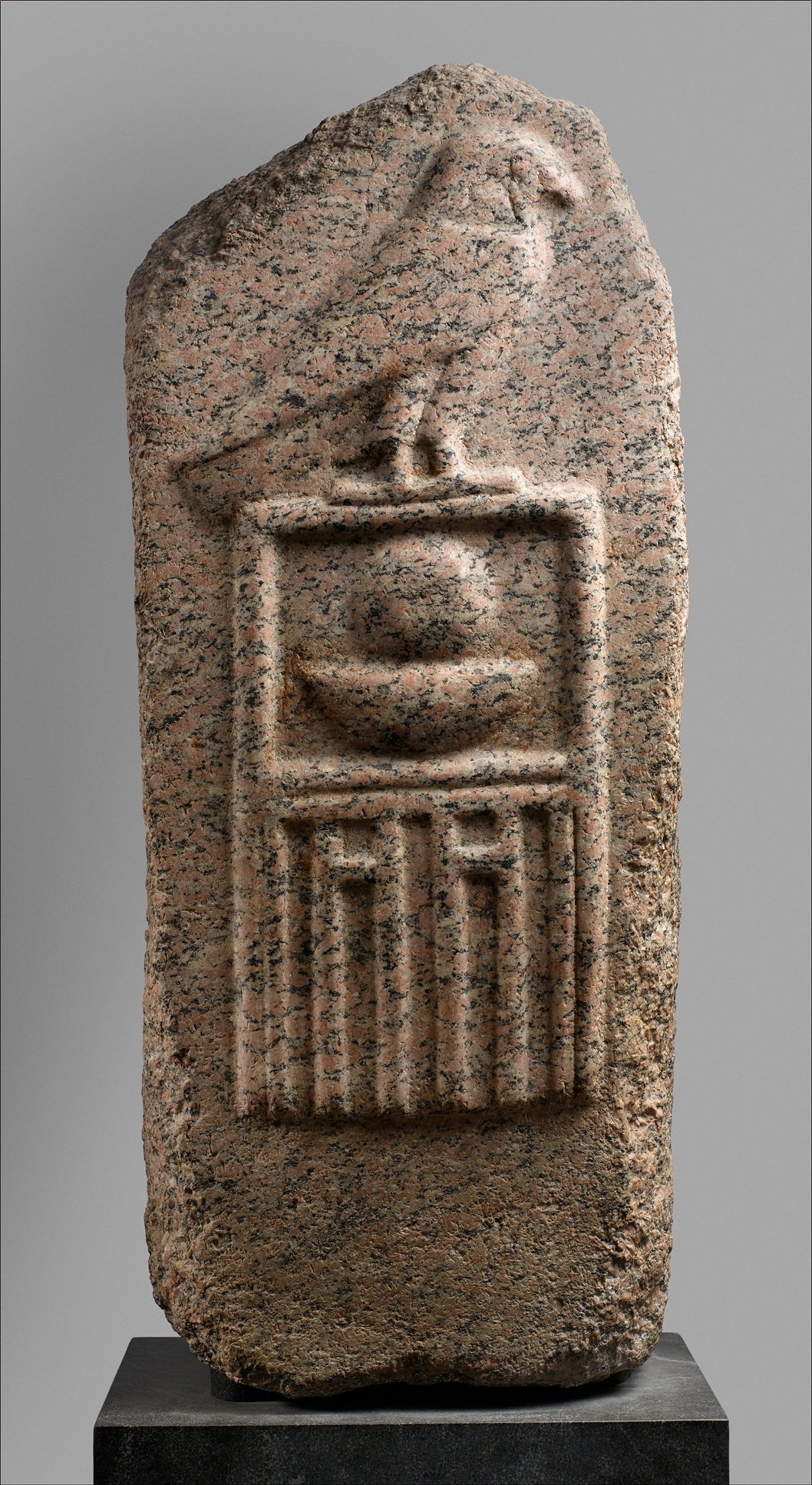
~2980 BCE - 2690 BCE - Raneb/Nebra (All Policies)
2nd King of the 2nd Dynasty
Continued the new tradition of being actually buried at Saqqara rather than Abydos
His name means "Ra is my Lord"/"Lord of the Sun
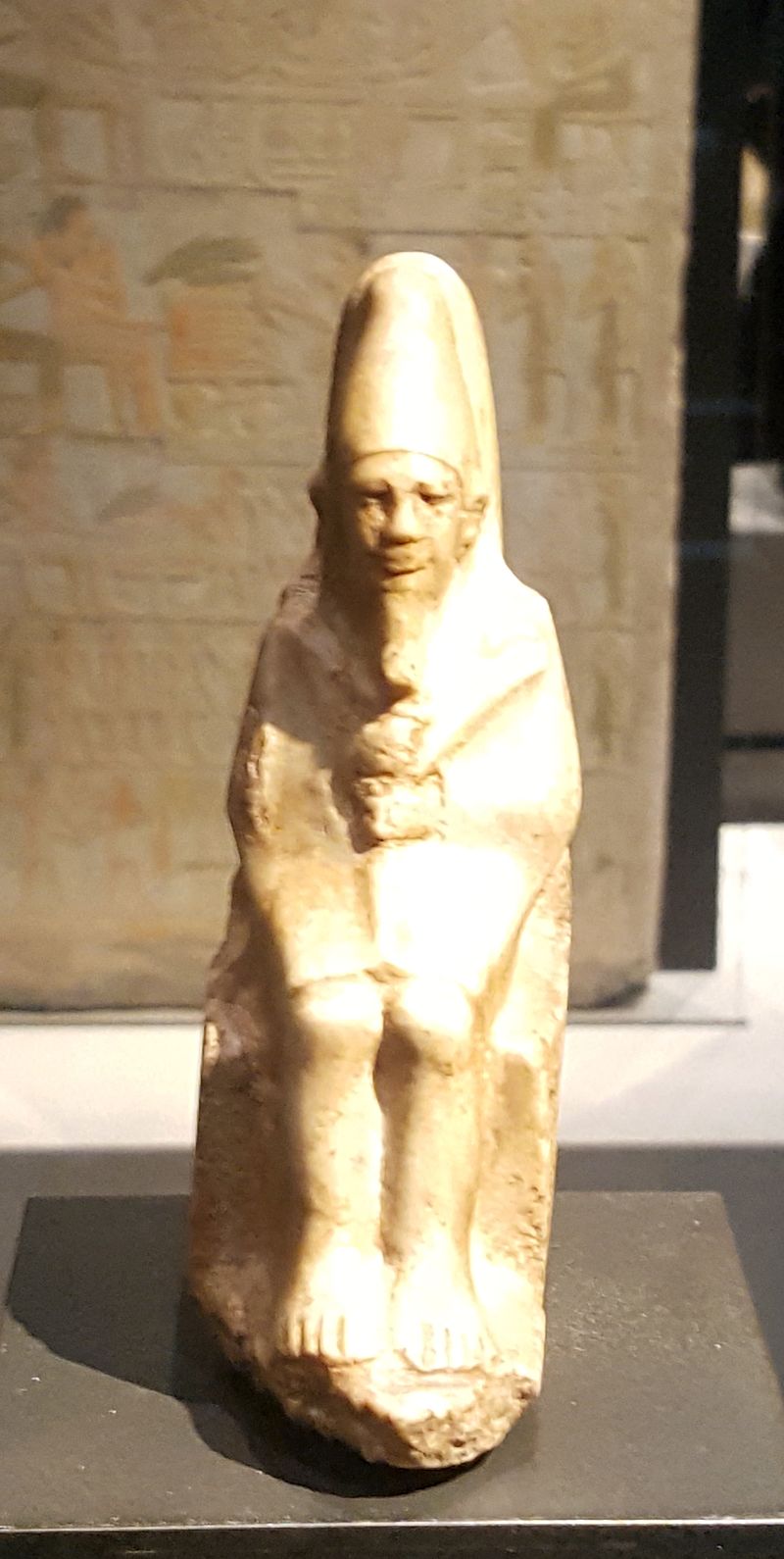
~2980 BCE - 2690 BCE - Nynetjer (All Policies)
3rd King of the 2nd Dynasty
Participated in religious festivals, a requirement of the kings at that time such as the running of the Apis Bull, the Tour of Horus, the Festival of Seker, and the "Horus of Heaven" festival
Instituted several censuses over the course of his reign
May have lead expeditions into Shemra or Mehu, areas of Upper Egypt, but the evidence of this is scarce
Buried along with his predecessors at Saqqara and NOT at Abydos
~2980 BCE - 2690 BCE - Weneg / Senedj / Nubnefer (All Policies)
Possible Kings of the 2nd Dynasty between the rule of Nynetjer and Peribsen
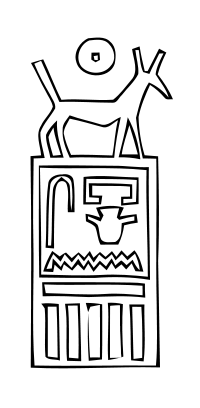
~2980 BCE - 2690 BCE - Peribsen (All Policies)
4th King of the 2nd Dynasty
Was the first Pharaoh to adopt the name of Seth
Altered Egyptian religion at the time, which normally considered the King/Pharaoh a servant of Horus, but here the namesake king was a servant of Seth instead
He may have usurped the throne or perhaps came from Upper Egypt, where worship of Seth was more dominant; thus ushering in the worshipping of Seth as a whole practice by the pharaohs
His "Serekh" reflected that of the God Seth, the first King of which this occurs in Ancient Egypt
He "reunified" Upper and Lower Egypt after they had been "divided" at the start of the fall of the First Dynasty only to revolt again upon his death due to his switching of the main God to be served from Horus to Seth
Buried at the Royal Cemetery of Abydos, like the kings of the First Dynasty, although his tomb was super small and made of mud-brick rather than wood or stone; suggesting his unpopularity due to his imposing Seth as the new God
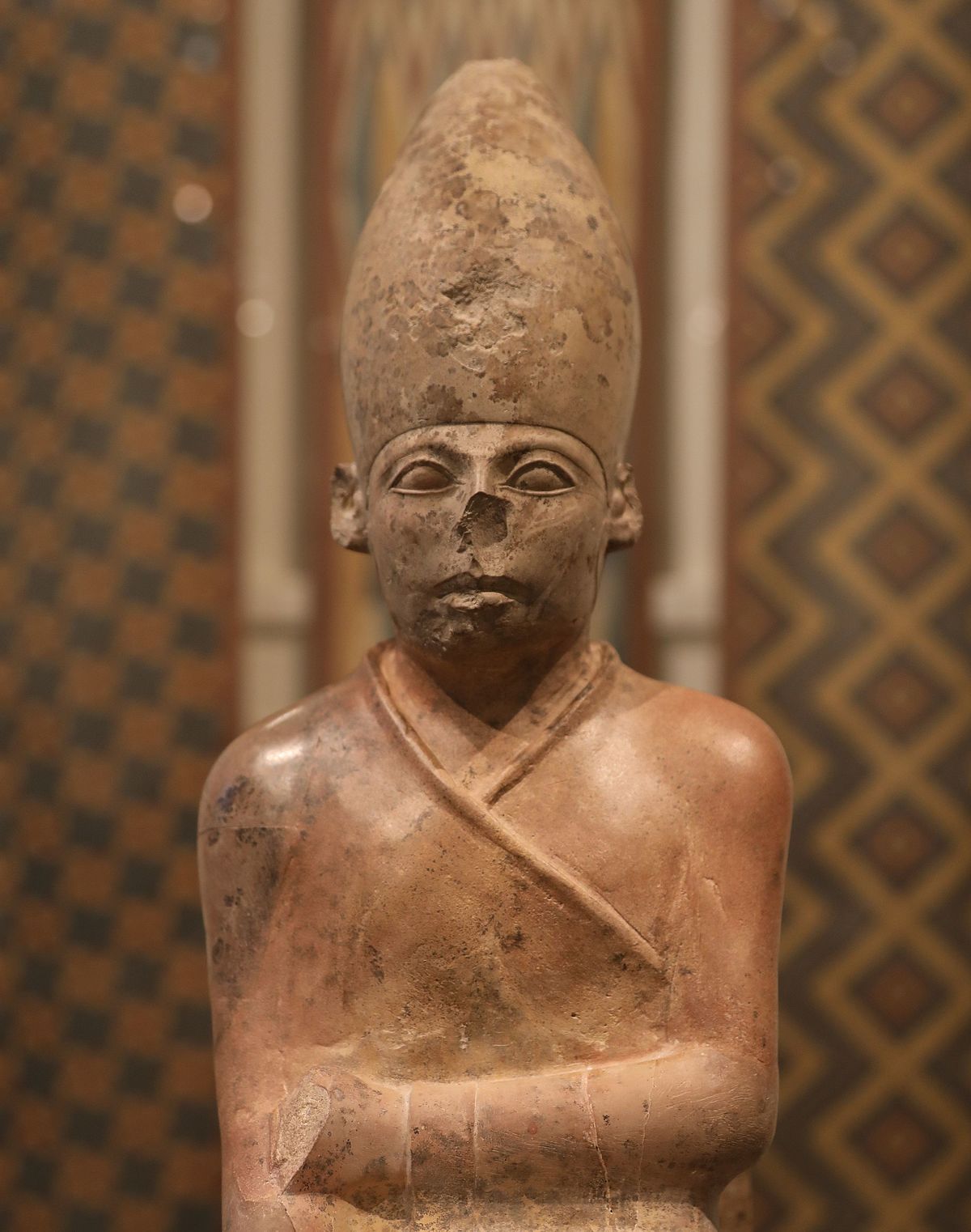
~2980 BCE - 2690 BCE - Khasekhemwy (All Policies)
5th and Final King of the 2nd Dynasty
He seems to have "unified" the followers of Horus (the God all Kings up to Peribsen had served) and Seth (the God his direct predecessor, Peribsen, had served) by adopting "Seth" to his name; but through which he really led military campaigns against Lower Egypt to subdue them into accepting his leadership
Led military campaigns into Nubia, the land south of Upper Egypt
Buried at the Royal Cemetery of Abydos and his tomb was the largest of any of the Egyptian Kings up to that point reflecting his bringing eternal peace to the country from within upon his death
His name means "the two powers have appeared" or "the two lords are at peace (with)in him"
2700 BCE - 2200 BCE - Old Kingdom of Egypt (All Facts)
Chronology of Ancient Egypt which represented the period of the great pyramid builders, including
Dynasty III
Dynasty IV
Dynasty V
Dynasty VI
~2690 BCE - 2610 BCE - Dynasty III of Egypt (Fact 1)
Egyptian Dynasty consisting of the rule of many kings, notably including
Djoser
Sekhemkhet
Khaba
Huni/Qahedjet
Nebka/Sanakht
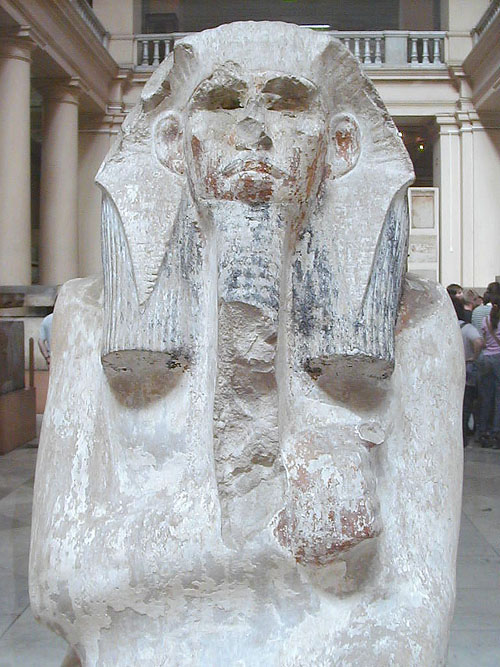
~2690 BCE - 2610 BCE - Djoser (All Policies)
1st King of the 3rd Dynasty
Expanded Egypt's borders to Sinai in the East and to Libya in the West securing Egypt's position as the dominant force in that region at that time
Was the first of any Egyptian King to be buried in a pyramid (large, all-stone building), specifically a Step-Pyramid (all of his predecessors were buried in Mastabas) which was really like multiple layers of a Mastaba being stacked on top of each other
Known as his namesake “Step Pyramid of Saqqara”
Oversaw the construction of
His own burial tomb, via his Vizier Imhotep
Various courtyards and temples around his tomb where festivals and ritual offerings were made on behalf of the King
Led many building projects, but his most famous seems to have been the one Imhotep told him to restore: Khnum's Temple at Esna, although some consider him to not have just restored the withered away temple but build an entirely new one altogether
Led state-sponsored mining expeditions to the Nile Delta Region and Sinai Peninsula, areas which contained large quantities of valuable metals and Turquoise
He is seen to have held the greatest internal stability in Egypt up to that point having consolidated his authority over the area of Upper Egypt
Buried at Saqqara, and was the first of the rest of the Kings of Egypt to be buried there
Oversaw the burial of Khasekhemwy
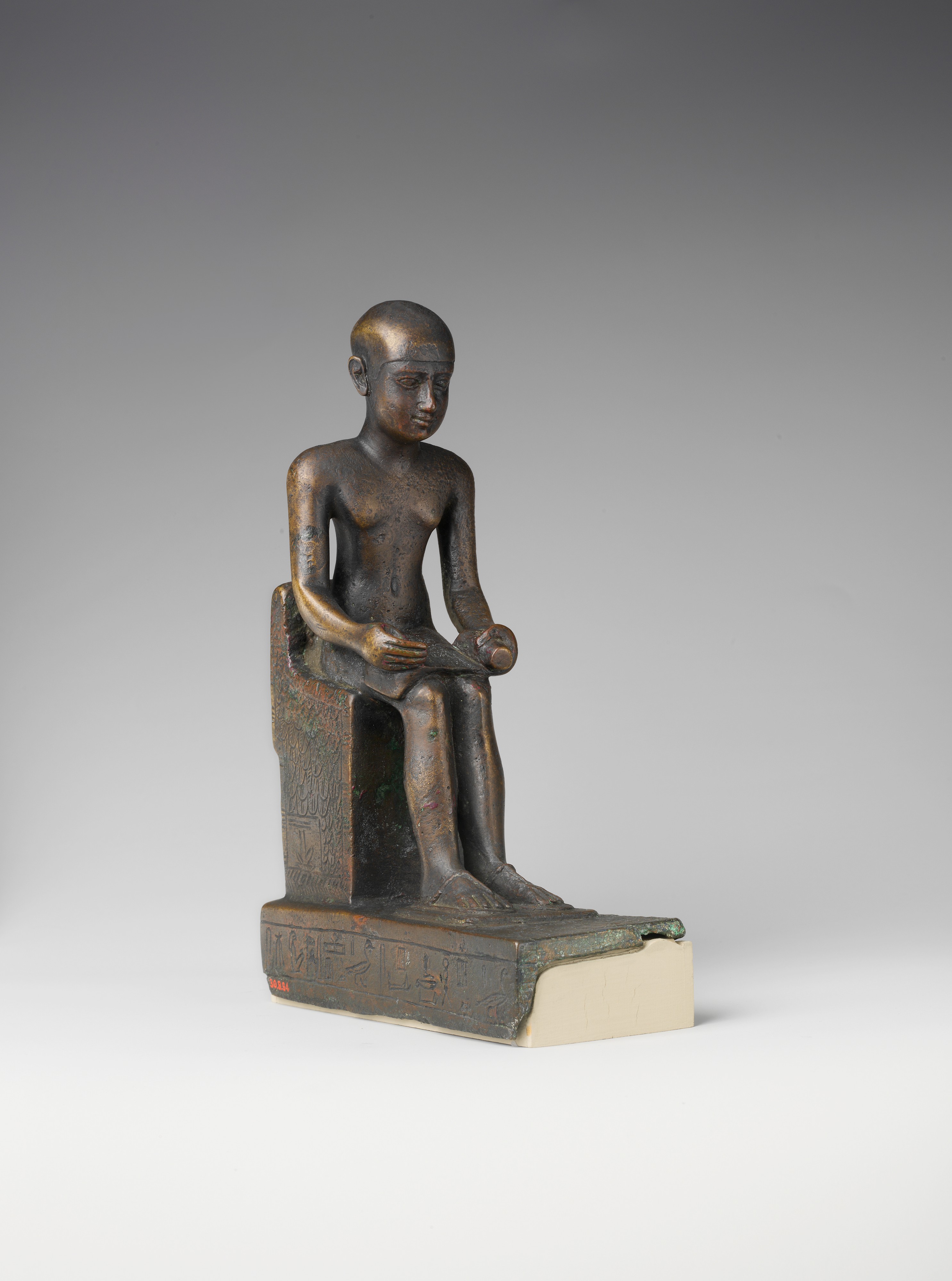
~2690 BCE - 2610 BCE - Imhotep (All Facts)
Grand Vizier to Djoser
He was an architect, who oversaw the construction of the burial tomb of Djoser, the famous Step-Pyramid of Djoser at Saqqara
He is believed to have had a dream where the God Khnum tells him he will be able to restore the waters of the Nile since, during Djoser's reign, it was wreaked with drought, and so upon waking, he told Djoser to restore Khnum's temple at Esna in order that the Nile's waters be flooded once again
However, many consider the credit goes to Djoser as he is considered a "hero" of the Egyptian people at this time
He was a physician, who was later deified as a God of Medicine
He was only one of a few non-monarch Egyptians who became deified as a God
His burial tomb has never been found
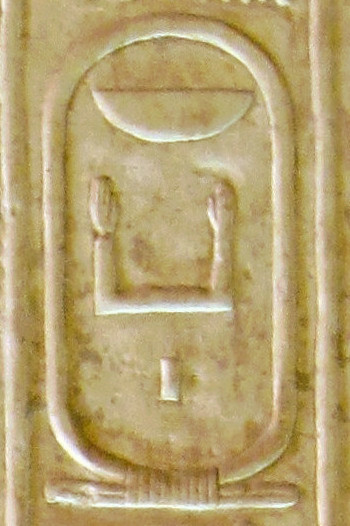
~2690 BCE - 2610 BCE - Nebka / Sanakht (All Policies)
1st/3rd King of the 3rd Dynasty
Possible successor to Djoser based on certain sources
Considered the "brother" of Djoser and may have even ruled prior to him, rather than after, but not much else is known about him other than the fact that he was buried in a Mastaba
~2690 BCE - 2610 BCE - Sekhemkhet (All Policies)
2nd/3rd King of the 3rd Dynasty
He is a possible successor to Djoser
It is a mystery as to where he was/is buried
His unfinished step-pyramid, designed by Imhotep, was to be one layer of Mastaba taller than Djoser's, but was never finished due to the ruler's short rule
~2690 BCE - 2610 BCE - Khaba (All Policies)
4th King of the 3rd Dynasty
Buried at his namesake "layered" pyramid at Zawiyet-el-Aryan; once again being a small/short multi-layered Mastaba that was never finished likely due to his short rule
It is a mystery as to where he was/is buried
He seems to have not been a very popular ruler
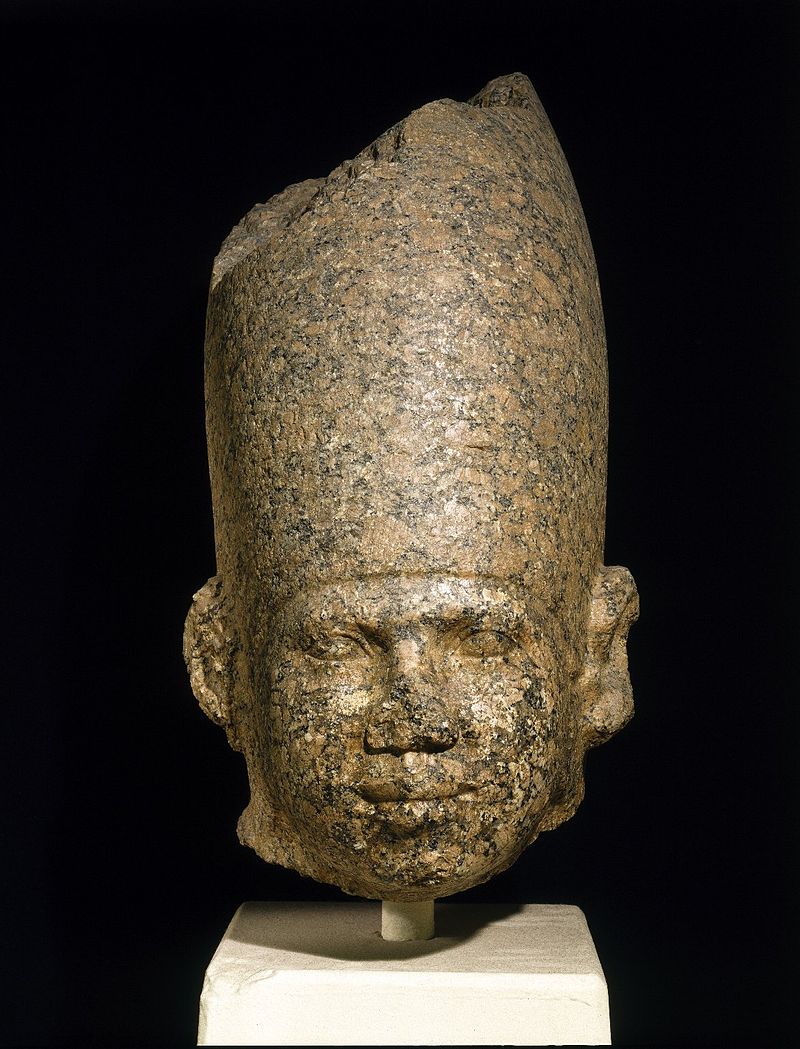
~2690 BCE - 2610 BCE - Huni / Qahedjet (All Policies)
5th and Final King of the 3rd Dynasty
Oversaw the construction of multiple building projects including
The "Meidum" Step-Pyramid which is the closest in resemblance to the pyramids of the succeeding Dynasty however unfinished and poorly designed to the point of partially collapsing on itself (it is suggested that this pyramid, too, was built by his successor)
A ton of small but scattered step-pyramids (none of which had anything to do with burial but for which his true motivations are unknown)
Had donations given to this burial chamber after his death, suggesting he was some sort of cult leader during his lifetime; possibly a mortuary cult
Seems to not have had a son or heir, thus the 5th Dynasty comes to an end here
~2610 BCE - 2500 BCE - Dynasty IV of Egypt
Egyptian Dynasty consisting of the rule of many kings, notably including
Sneferu
Khufu
Khafre
Djedefre
Menkaure
Shepseskaf

~2610 BCE - 2589 BCE - Sneferu (All Policies)
1st King of the 4th Dynasty of Egypt
Oversaw the construction and/or restoration of
The "Meidum Pyramid" at Dashur (which may have been started by Huni but upon which he completed)
The "Bent Pyramid" at Dashur (which started out like the Meidum on the bottom half and like the Red Pyramid on the top, hence the name)
The "Red Pyramid" at Dashur (the last of the three completed and the best in relation to his successors')
The unfinished/partially destroyed Pyramid of "Seila"
Was a great warrior having fought battles as far as Libya to the West and Nubia to the South, having even brought back many spoils of war from his military campaigns in Nubia including
Prisoners
Cattle, sheep, and goats
The cattle were used to feed the labor force, the prisoners to help build the pyramids, etc.
Believed to have constructed the Pyramids with the help of the Egyptians themselves, rather than slaves, as the Egyptians saw it as an honor to serve their King through the building of their King's tomb
Although one could consider the prisoners of war he captured in places such as Nubia were used as additions to the workforce
Nevertheless, modern archaeological evidence suggests that the builders were living in very good conditions compared to most slave states at the time
Extracted resources in either war or trade including
Cedarwood from Byblos in Lebanon
Copper and Turquoise from various spots around the Sinai Peninsula
Considered to have been buried at the Red Pyramid at Dashur, although his actual body and/or sarcophagus has never been found
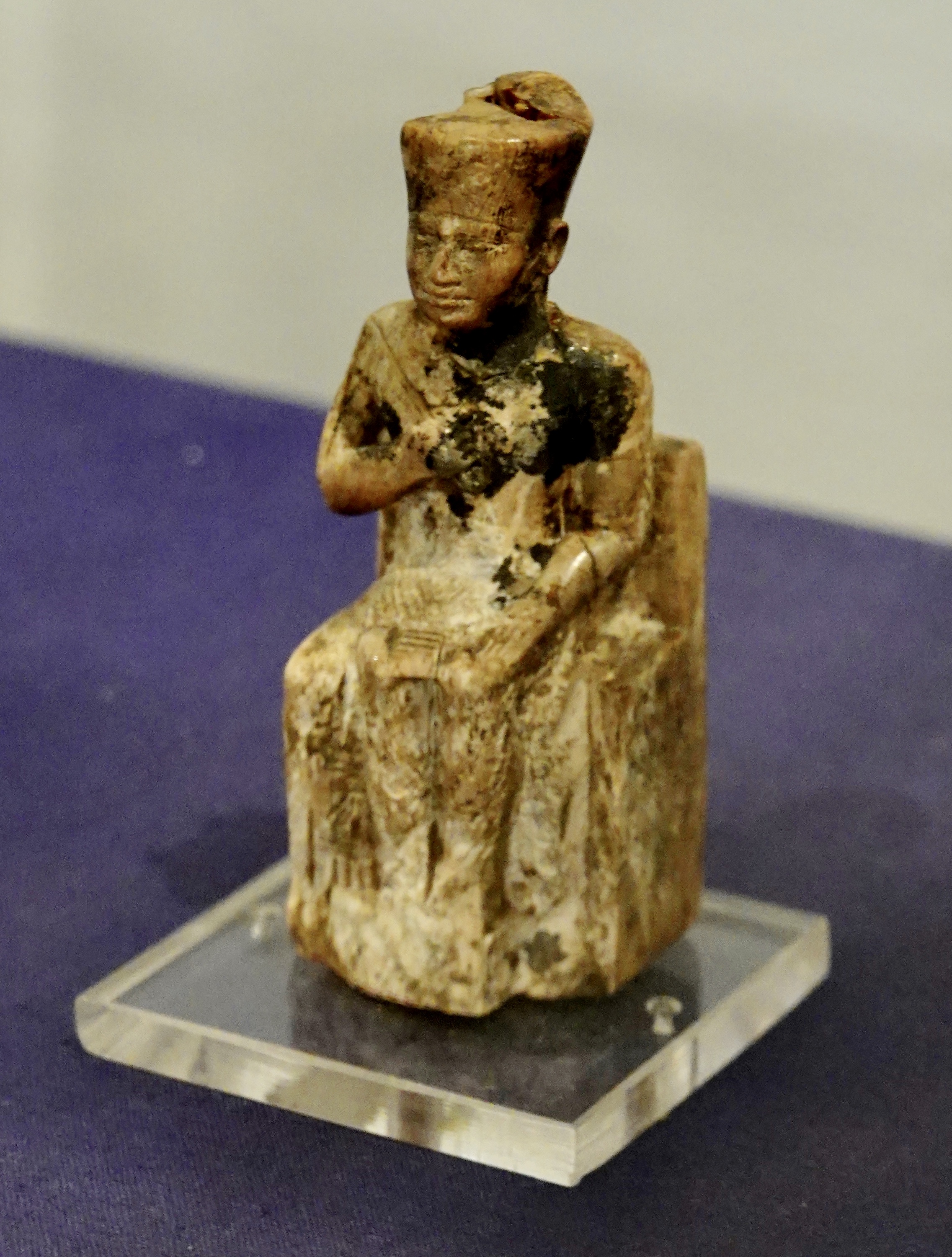
2589 BCE - 2566 BCE - Khufu (All Policies)
2nd King of the 4th Dynasty of Egypt
Oversaw the construction of
The Great Pyramid of Giza
~2.3M blocks were used to construct it
It is unknown how it was built
The "Solar Barque"
Vessel believed to transport its kings who reside in it to the afterlife
Its function as a boat that can be sailed on the Nile is remarkable in that it could function contemporarily
Considered to have been a kind ruler, the first of Egyptian rulers whom are referenced in various literature to have a personality attached to their rule
Continued military campaigns pushing further eastward into the Sinai Peninsula
Buried at the Pyramid of Giza along with his relatives, all of whom resided there in luxury with an abundance of possessions and of which was clearly the most luxurious time for Ancient Egyptian rulers and their families up to that point

2566 BCE - 2558 BCE - Djedefre (All Policies)
3rd King of the 4th Dynasty of Egypt
Was the first Pharaoh to adopt the name of Ra and thus declare himself the son of "Ra"
He thus shifts the God of the Kings from "Horus-Seth" to "Ra", a notable mark in the evolution of Egyptian mythology and its relationship with Egyptian politics
His name means "enduring like Ra"
Oversaw the construction of an even larger pyramid than that of Giza, which was at Abu Rawash, but which was unfinished, likely due to the namesake ruler's short reign
Oversaw the burial of his predecessor, Khufu and upon his own burial, it is suggested there was a mortuary cult made in his honor
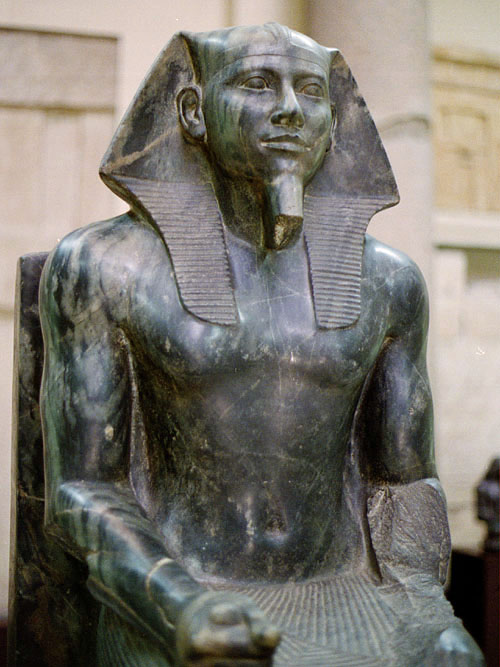
2558 BCE - 2532 BCE - Khafre (All Policies)
4th King of the 4th Dynasty of Egypt
Oversaw the construction of
The 2nd Pyramid of Giza (it is the most well-preserved of the three and appears to be the tallest)
The Sphinx of Giza (which is believed to be that of the namesake ruler or his predecessor)
The Valley Temple of the namesake ruler of Giza
The Mortuary Temple of the namesake ruler of Giza
The Causeway from the pyramid to the Valley Temple of Giza
Second king (after his predecessor) that was considered to be the son of "Ra", a God of which grew in popularity during his reign and the political influence of the priesthood of "Ra" grew considerably during his reign
Supposedly buried in the 2nd Great Pyramid of Giza, but his body has never been found and most of his possessions seem to have been stolen by robbers long ago
Was Djedefre's brother
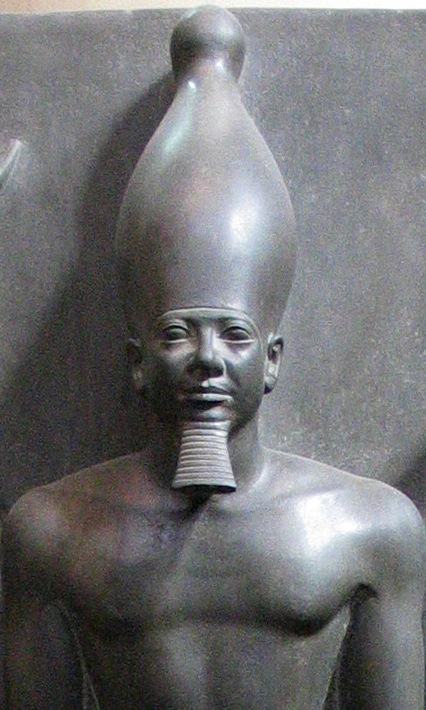
2532 BCE - 2504 BCE - Menkaure (All Policies)
5th King of the 4th Dynasty of Egypt
Oversaw the construction of
The 3rd and final Great Pyramid of Giza (the smallest of the three)
The three small pyramids next to it that were built for his three wives
Had many sculptures and/or statues of himself created for him compared to his predecessors; especially the sculpture that shows him walking alongside Hathor and Anput
Considered by later literature to be a "kind" ruler
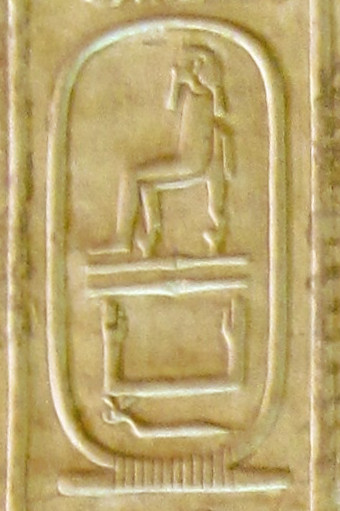
2504 BCE - 2500 BCE - Shepseskaf (Fact 1)
6th and Final King of the 4th Dynasty of Egypt
Oversaw the completion of
The Temples of Menkaure, his predecessor (he was likely Menkaure's son)
His own tomb, the "Mastabat el Fara-un" ("Pharaoh's Bench" - a Mastaba, going back to the old pre-4th Dynasty pharaohs)
Buried at Saqqara rather than Giza like that of the previous Dynasty of Egypt
His name was unrelated to that of "Ra", suggesting he wanted to do away with the recently established tradition of serving "Ra" as King, but despite this, the tradition lived on after him
2500 BCE - 2345 BCE - Dynasty V of Egypt (Fact 1)
Egyptian Dynasty consisting of the rule of many kings, notably including
Userkaf
Sahure
Neferirkare Kakai
Shepseskare
Neferefre
Niuserre Ini
Menkauhor
Djedkare
Unas
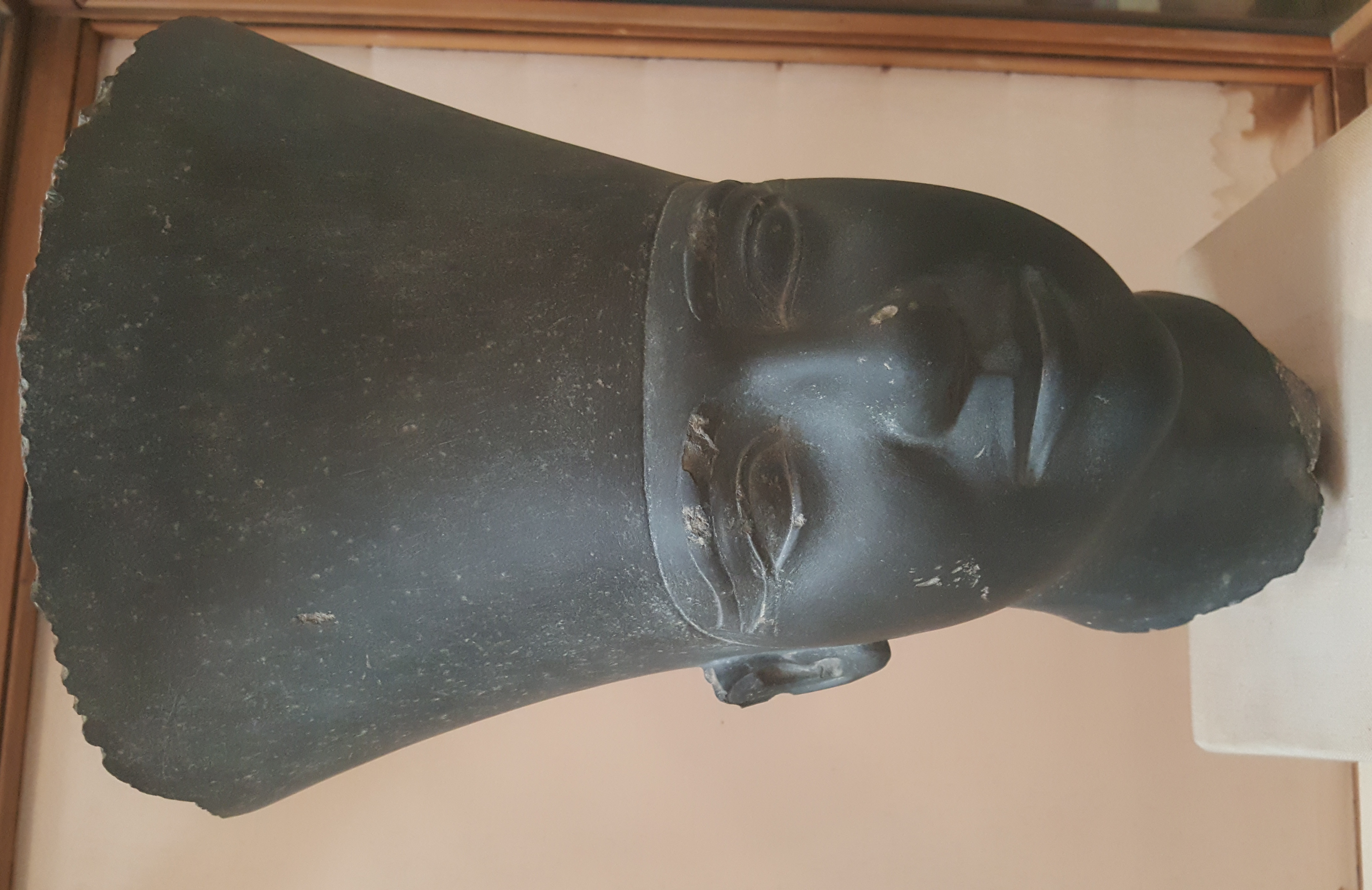
2500 BCE - 2491 BCE - Userkaf (All Policies)
1st King of the 5th Dynasty of Egypt
Oversaw the construction of
His own Pyramid
A Sun Temple called "Nekhen Ra" of "Abusir" which means "the stronghold of Ra" and of whom was the patron deity of the Dynasty
He would be the first of many (within the Dynasty) to bring "Ra" to the forefront of the Egyptian pantheon
Was the first King of Egypt to be buried at "Abusir" in which his successors would follow suit- unlike his predecessors being buried at Giza (4th Dynasty), Saqqara (2nd and 3rd Dynasties) or Abydos (0th and 1st Dynasties)
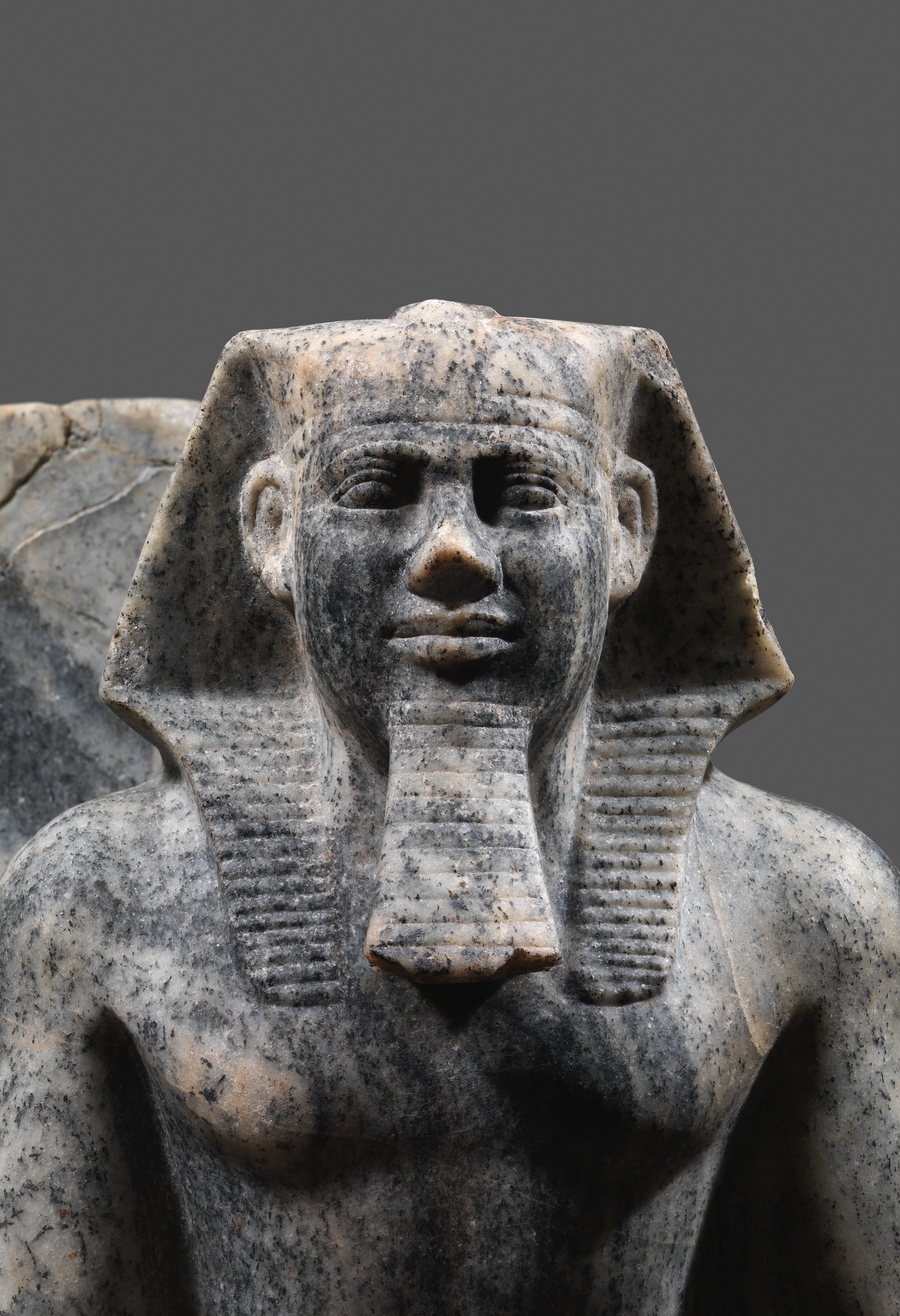
2491 BCE - 2477 BCE - Sahure (All Policies)
2nd King of the 5th Dynasty of Egypt
Led military expeditions
As far east as Sinai
Plundered its mines
As far south as the mysterious land of "Punt"
A place rich in resources such as myrrh, incense, ebony, electrum, malachite, gold, resins, etc.
As far west as Libya
Established firm trade relations with Nubia
Came home with large shipments of Copper and Turquoise
Donated a number of offerings and land to various temples especially in Lower Egypt
Also constructed a Sun Temple for "Ra”
Its remains have yet to be found
Buried at his namesake pyramid in Abusir alongside his namesake Mortuary Temple
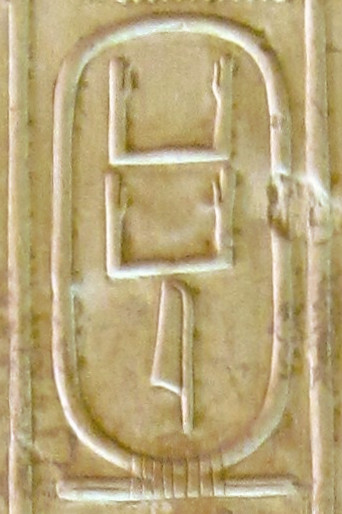
2477 BCE - 2467 BCE - Neferirkare Kakai (All Policies)
3rd King of the 5th Dynasty of Egypt
Donated land and a number of funds from taxes to various temples
Constructed his own Sun Temple which is believed to be the biggest and most grandiose of the Dynasty
Has yet to be found
Established firm trade relations with Nubia
Buried at his namesake pyramid in Abusir, the largest of any of the Pyramids of Abusir (its almost as large as Menkaure's Pyramid at Giza, even if its in worse condition) and which started out as a Step-Pyramid
Buried alongside the modern archaeological discovery of the "Abusir Papyri" which is evidence of the Hieratic language being written down; the "common vernacular" so to speak of written language in Ancient Egypt as opposed to Hieroglyphics, which were only written on formal documents likely due to how long it took to make them (it was replaced by Demotic even later)
2467 BCE - ~2460 BCE - Shepseskare (All Policies)
4th King of the 5th Dynasty of Egypt
He is the only King we know of without a burial tomb, and thus, not much else is known about him
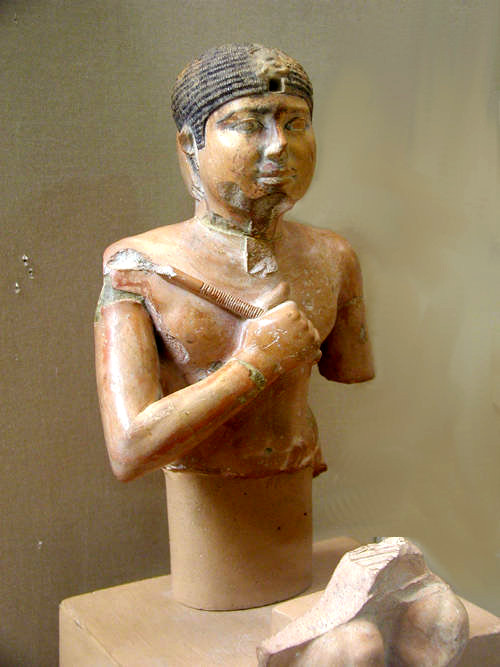
~2460 BCE - ~2453 BCE - Neferefre (All Policies)
5th King of the 5th Dynasty of Egypt
Son of Neferirkare and brother to Shepseskare
Buried at an unfinished pyramid in Abusir that eventually was renovated into a Mastaba (likely by his successor)

~2453 BCE - 2422 BCE - Niuserre Ini (All Policies)
6th King of the 5th Dynasty of Egypt
Oversaw the construction of
The "Joy of the Heart of Ra" Sun Temple
The largest and most well-reserved of the Sun Temples
It included a stone boat replica and obelisk there
Located at Abu Gorab (instead of Abusir)
His own Pyramid
Relatively small compared to the others at Abusir
Many smaller pyramids for his multiple wives
Oversaw the restoration and/or renovation of the tombs of his predecessors including the
"Solar Temple" of Userkaf
"Pyramid Temple" of Neferirkare Kakai
"Valley Temple" of Menkaure
Government became more decentralized under his rule in the following ways:
The governments of the various provinces were sent to live within their respective territories instead of residing near the Pharaoh's headquarters in Memphis
Established dynasties of nomarchs (the provincial rulers of Ancient Egypt) whereas the Kings of certain territories not only passed down their rule hereditarily but acted and lived like the Pharaoh and had funerary complexes built for them that were as lavish as those of the Pharaohs of previous dynasties
Would set the precedent for some of the internal conflict in later dynasties due to the amount of power given to the nomarchs and their families being enough to overthrow the Pharaoh
However, this system was necessary during his rule in order to keep Lower and Upper Egypt unified
Established good trade relations with Byblos of Lebanon and the mining occurring in the Sinai region
Was the last Pharaoh of the 5th Dynasty to be buried at Abusir
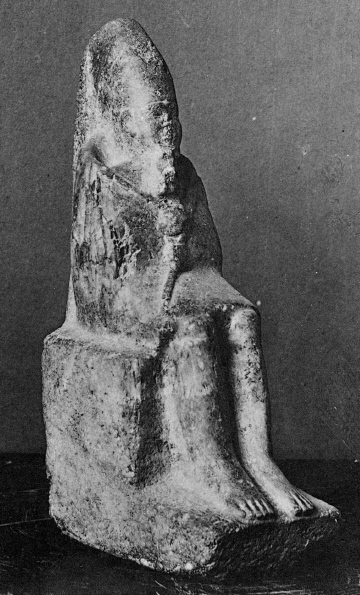
2422 BCE - 2414 BCE - Menkauhor (All Policies)
7th King of the 5th Dynasty of Egypt
He diverged from the tradition/cult of "Ra" that characterized his predecessors in the sense that his name does NOT end in "re"
Son of Niuserre Ini
Continued his father's policies
Was buried at the "Headless Pyramid" at Saqqara

2412 BCE - 2375 BCE - Djedkare (All Policies)
8th King of the 5th Dynasty of Egypt
Reformed the Egyptian government's tax system
Brought in more revenue more often in order to support the growing bureaucracy as more positions were created to help the government manage the population
Made it so that the Vizier of the Pharaoh became dynastic in nature in which the position was passed down hereditarily
One of many signs that Egyptian government was becoming very large
He re-balanced power at the time by taking some of the power away from the nomarchs and giving it back to royal officials thus further decentralizing Egyptian government
Broke the tradition of the "Cult of Ra" since it is known he chose not to build a Sun Temple and also because his tomb is near Shepseskaf's, who is also seen as a "rebel" in terms of his mythological appraisals
His Viziers had their own tombs made for them at Saqqara along with his own tomb and Mortuary Temple at Saqqara, where he was buried (other royal officials also had tombs made for them but at Giza)
2375 BCE - 2345 BCE - Unas (All Policies)
9th and Final King of the 5th Dynasty of Egypt
The popularity of Osiris greatly increased among the general population under his rule due to the fact that
The ability for the common man to be granted everlasting life greatly increased under the 5th Dynasty, especially under his rule
Up until the 5th Dynasty, it was only the royal family that was able to get into the afterlife
The rule of Osiris, however, would have most of its impact felt by the beginning of the Middle Kingdom Period in the 12th Dynasty
He was the first King to be buried with “Pyramid Texts”
These were inscriptions on the walls of his tomb which are believed to have been written in order to help aid in the transfer of the King to the afterlife
Buried at Saqqara near the Step-Pyramid of Djoser
His burial tomb is the smallest of any of the 5th Dynasty
He made burial tombs for his two wives as well but they were Mastabas rather than Pyramids
He is the first Pharaoh to employ a combination of a Pyramid-Mastaba funerary complex
Failed to pass down his rule to a male heir despite his long reign and multiple wives, and thus the 5th Dynasty ends with him and it was the husband of one of his daughters which became his successor and thus, rightfully so, the start of a new Dynasty
2345 BCE - 2184 BCE - Dynasty VI of Egypt
Egyptian Dynasty consisting of the rule of many kings, notably including
Teti
Pepi I
Menkaure
Pepi II
Marks the end of the "Old Kingdom" period of Egypt
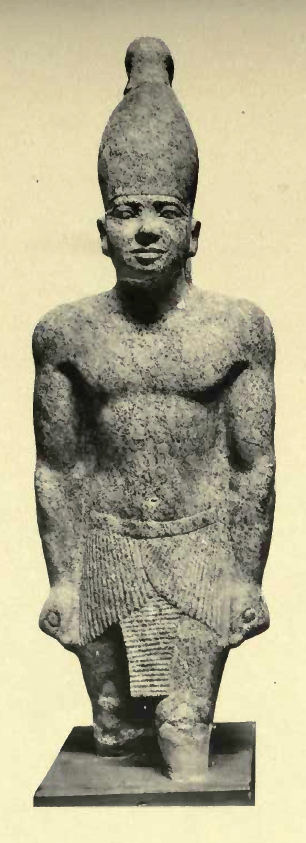
2345 BCE - 2333 BCE - Teti (All Policies)
1st King of the 6th Dynasty of Egypt
Art flourished under his rule so much so that one can see all of the different paintings within Mereruka's Mastaba depicting life in Ancient Egypt including scenes of fishing, farming, feasting, and wildlife
Continued his predecessor's policies
Held in high regard certain officials including Mehu, Kjemni (both viziers), Issi (nomarch of Edfu), and his son-in-law Mereruka who became his vizier
Buried at his namesake pyramid in Saqqara
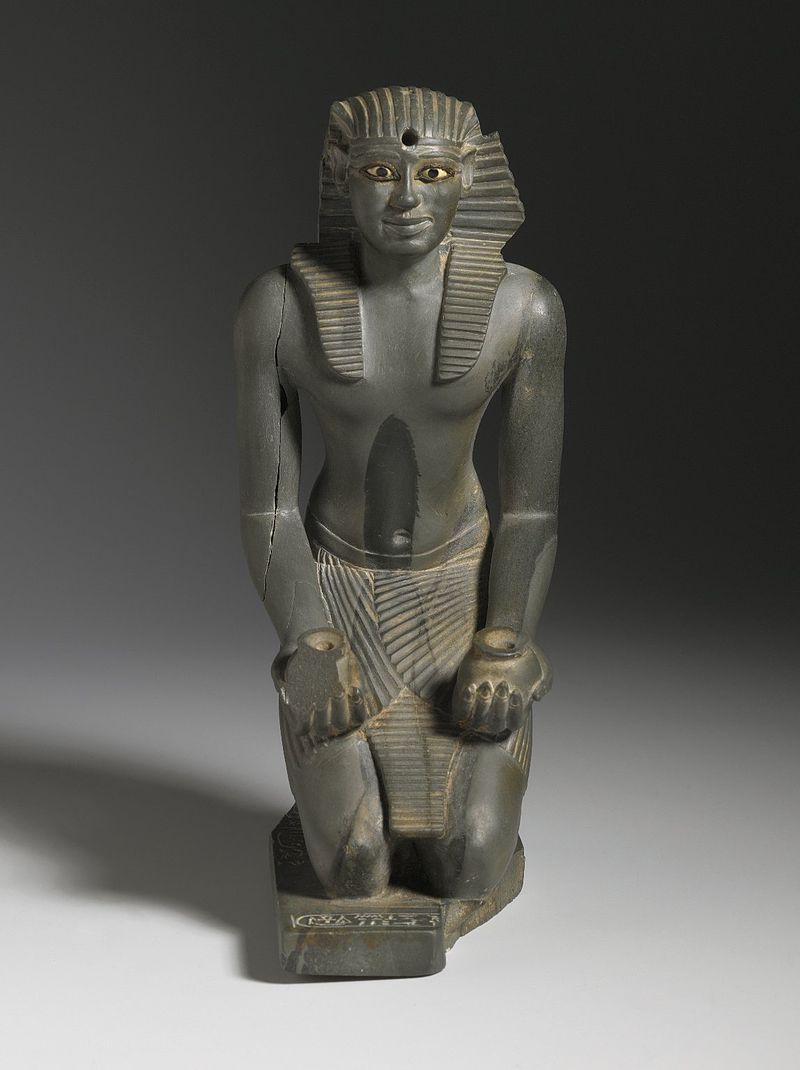
2332 BCE - 2283 BCE - Pepi I (All Policies)
2nd King of the 6th Dynasty of Egypt
Commoners such as "Wenni" were able to climb the ranks from storehouse custodian to head of the Palace Guard to a high court judge to to the namesake Pharaoh's right-hand man under his rule; suggesting relative upward mobility during this time
Nomarchs became the source of real power under his rule whereas the Pharaoh was seen more as a traditional formality
They would spend much on the taxes they collected this diluting the royal treasury of its wealth and enrich themselves with the taxes rather than the Pharaoh
Tried to reassert his authority by commissioning "Ka" statues in his name/honor in and around the provinces from which the nomarchs ruled
Was able to finance many trading expeditions to all of the surrounding countries including Canaan to the Northeast, especially in Byblos in the Levant; Sinai to the East; and the mysterious "Land of Punt" and Nubia to the South
His reign was marked by great building works, especially his constructions at
Abydos
Bubastis
Dendera
Sent military expeditions to
Nubia
Palestine
2283 BCE - 2278 BCE - Merenre (All Policies)
3rd King of the 6th Dynasty of Egypt
He sent numerous trading expeditions through one of his royal officials, Herkhuef, into the lands of Nubia and Yam (Sudan) where they collected precious woods, ivory, and other goods
Strengthened Egypt's ties with Nubia where he met with the representatives of many of the Nubian tribes somewhere in Upper Egypt and where his royal official Herkhuef he had fight alongside the Nubians when they were attacked during Egypt's trading expeditions there, thus further strengthening their ties and wealth from the goods with which they were rewarded for battling alongside them
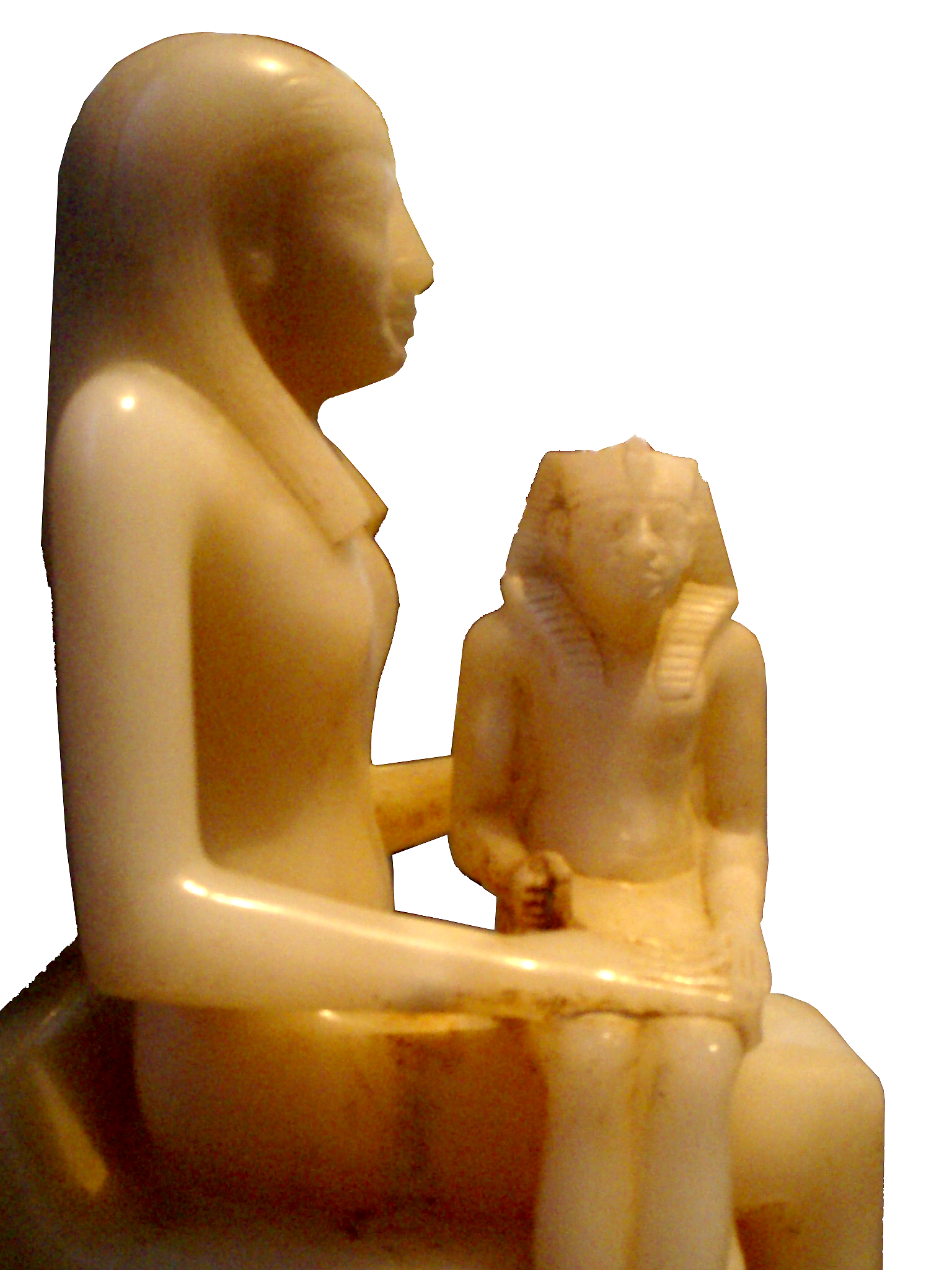
2278 BCE - 2184 BCE / 2155 BCE - Pepi II (All Policies)
4th King of the 6th Dynasty of Egypt
Nomarchs were growing increasingly powerful and giving themselves more honorable titles than what one would think they deserve (they became very corrupt) under his rule and this would eventually lead to the dissolution of the state and the First Intermediate Period
Was a very weak leader since he began his reign at such an early age (six) and he was always used to Queen reagents making decisions for him while he lived a life of luxury and splendor and was pretty much isolated in his own world throughout his reign while the nomarchs grew super powerful thus leading to the First Intermediate Period
The close of his reign was very troubled
There was a large drought during the second half of his reign and aside from the royal family, the country starved and so he is remembered as a very incompetent and "lazy" ruler
Outlived many of his heirs and thus there was a major problem of succession as well as the drought, the increasing provincial power, and the weak leadership overall that most consider him to be responsible for ushering in the First Intermediate Period or first "Dark Age" of Egyptian History
Considered to be (one of) the Pharaohs to rule for the largest amount of time in Egyptian history at either 64 (or even possibly 94) years and thus had many, many wives
Under his reign, Egypt still experienced intense commercial activity with Byblos in the Levant and the mysterious land of “Punt” in East Africa
His death marks the end of the last illustrious reign of the Egyptian Old Kingdom
2181 BCE - 2040 BCE - First Intermediate Period of Egypt (All Events/Facts)
Period of Egyptian History that lasted from Dynasty VII through Dynasty XI marked by thorough political instability and the following facts/ideas that:
Period of violence and economic recession, exacerbated by famine in which the country disintegrated into a multitude of battling principalities
Time in Egyptian history wrought with political instability which the Egyptian people recognized as disrupting “Ma’at” (cosmic order) and causing “Isphet” (chaos) and thus believed it caused many of the following things that occurred (as described in Middle Kingdom texts):
Lawlessness
Poverty
Foreign Invasions
Pillaged Farms
Economic Stagnation
Destruction of
Canals
Royal Tombs
Pyramids
Egyptian society believed that without a single ruler of a unified Egypt - evil in all forms would pervade the land and inflict endless suffering on the people until order was restored - and thus without him there could be no peace nor prosperity
It consisted of 5 Dynasties (7-11) of which ruled their respective provinces and only ruled the entire country by name and also whose rule overlapped one another chronologically
The Nomarchs’ power and influence grew from generation to generation upon their being established by Niuserre Ini to the point where they had lived in their own palaces, surrounded by massive estates, and with large private armies
The power of Memphis weakened over time because of it being decentralized and as a result “Isphet” (chaos) spread through the land; thus, “Ma’at” ((cosmic) order) was gone
The masses themselves were unaware of who was ruling during the time, evident due to the fact(s) that
In the alabaster mines of Hutnub, nomarchs who sent men on expeditions to quarry stone there dated the expeditions to the years of their own rule rather than the years of the rule of the pharaoh, which had always been the case in previous dynasties
The tomb autographs of the nomarchs do not even mention the name of a king, which was unheard of in Ancient Egypt, let alone the Ancient World
Life for the civilian during this time did not really change as much from previous dynasties:
However, low flooding out of and severe droughts around the Nile led to massive famines across the country
Also, the fate of a civilian rested not on the Pharaoh but the nomarch they were living under
2181 BCE - 2040 BCE - Dynasty VII of Egypt (All Events / Facts)
70+ kings (exaggeration or fabrication)
Much instability and chaos
2181 BCE - 2040 BCE - Dynasty VIII of Egypt (All Events / Facts)
17+ Kings
Authority of these kings barely felt outside the city of Memphis
Claimed to have descended from Pepi II
Of these kings, Qakare Ibi is the only one to have ruled longer than a year (2 years, 1 month) and have a pyramid built after himself, even though it was very small and very poor quality compared to predecessors in previous dynasties
Nomarchs coerced other provinces into recognizing them as their new overlord, had most of the power during this dynasty
2181 BCE - 2040 BCE - Dynasty IX of Egypt (All Events / Facts)
Founded by Kheti, the dynasty reigned for 150+ years
Based in Hierakonpolis, however at most times they ruled only from there and even at times the people in their own city rebelled against them
Kheti was
More terrible than any previous king
Gods cursed him for his cruelty in which he was driven mad and eaten by a crocodile
Ruled all of Lower Egypt by sheer force
Ankhtifi
Nomarch who paid lip service to this dynasty
Ruled over Hierakonpolis and area of Upper Egypt
However, his tomb indicates he more so ruled on his own than as any service to the Pharaoh
Conquered multiple Nomes in Upper Egypt, including those that had come out of Gebtu and Thebes
A great warrior, he claimed to be merciful to people within his own territories and even those outside of his control
He likely made the nomarchs he conquered look bad by writing about them as being evil in order to quickly gain control of the areas he was taking
This dynasty had to face the growing power of the local princes from Thebes in the south, who are proving more victorious in the struggle to take Egypt back
2181 BCE - 2040 BCE - Dynasty X of Egypt (All Events / Facts)
Considered to be a rival faction of the same family of the 9th Dynasty; they challenged the 9th Dynasty causing a divide in Hierakonpolis
Thus, this dynasty is differentiated geographically rather than chronologically
~2134 BCE - Dynasty XI of Egypt (All Events / Facts)
Out of Thebes, they would take over Ankhtifi and come to restore political stability throughout Ancient Egypt
These Kings would go on to clash with rulers of the 9th Dynasty and Herakleopolis and these wars were the worst consequence of the political instability for the general public
Thebes makes an alliance with Gebtu against the Nomes consolidated by Ankhtifi
They refused to fight Ankhtifi when he came to assault them which was mistaken as weakness but which was in reality a sign that they were waiting to take him with more force
During this time they consolidated Nomes Ankhtifi had previously gained including Hierakonpolis
This dynasty marks the end of the First Intermediate Period of Egypt and the beginning of the Middle Kingdom of Egypt
By the start of this dynasty, the Thebans would gain control of the entire kingdom of Egypt and the growing power of their local princes from Thebes eventually allowed them to be victorious in their struggle against Kheti and the dynasties of the First Intermediate Period of Egypt
Dynasty in which
a major reorganization of the kingdom took place, in which the kings aimed to consolidate a single political unit around themselves
centralization, nonetheless, has become less excessive
an Egyptian middle class is emerging and becoming more involved with affairs of the state
Osiris becomes associated with every dead person in the kingdom, not just the kings
~2134 BCE - 1991 BCE - Dynasty XI of Egypt (All Kings)
Egyptian Dynasty consisting of the rule of many kings, notably including
Intef the Elder
Intef I
Intef II
Intef III
Mentuhotep II
Mentuhotep III
Mentuhotep IV
This dynasty marks the end of the Old Kingdom of Ancient Egypt and the beginning of the Middle Kingdom of Ancient Egypt
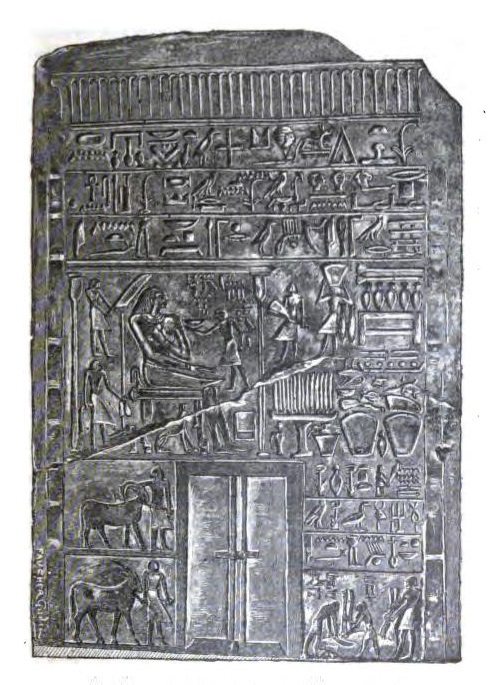
~2134 BCE - Intef the Elder (All Facts)
0th King of the 11th Dynasty (he did not necessarily establish the dynasty but it was because of him that the dynasty was established)
Nomarch of Thebes at the time of the Thebes-Gebtu Alliance vs. Ankhtifi (however Gebtu remained loyal to Herakleopolis (Dynasty 10) and a leader by the name of Usser (whose name means “leader of the eastern and western deserts” was even installed there to keep it this way)
Consolidated Thebes with Hierakonpolis and other Nomes against Ankhtifi once he recognized the King of Herakleopolis (Dynasty 10) wasn’t going to be able to help him against the threat of Ankhtifi and the House of Kheti (Dynasty 9)
Boycotted a meeting of nomarchs in Herakleopolis
Eventually took the title of “Great Overlord of Upper Egypt”
The nomarch of Nome Inuet joined him and Thebes upon recognizing this title as authoritative and valid
Went up against Usser of Inuet by giving himself a title that showed he was greater than Usser but still loyal to Herakleopolis; challenging Usser’s Authority
Defeated Usser; Tjauti rises up in Usser’s place:
Loyal to House of Khety and Dynasty 9
Built a road that went through Thebes and unintentionally but consequentially led to his defeat
Dies before being able to take on Tjauti
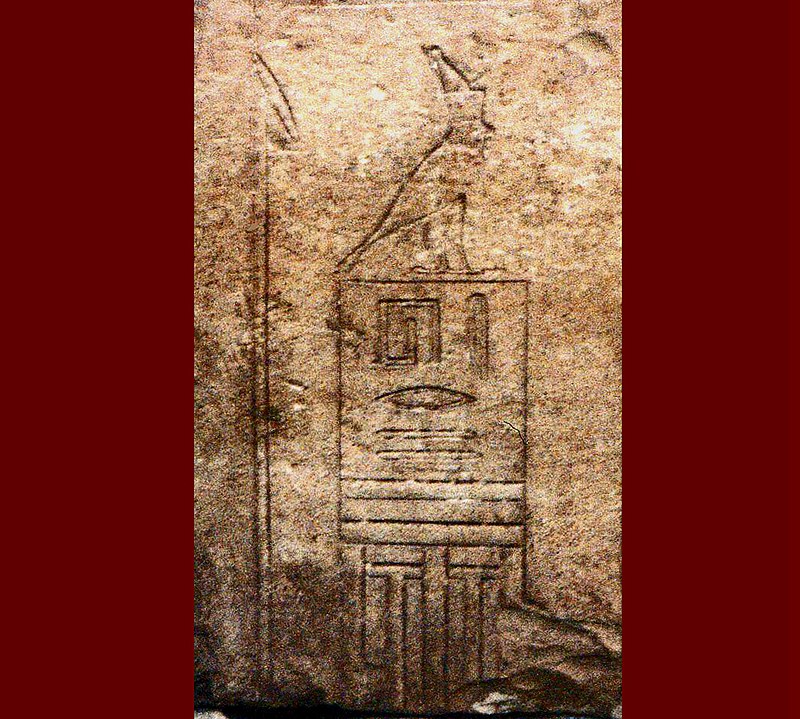
2134 BCE - 2117 BCE - Intef I (All Policies)
1st King of the 11th Dynasty
Defeated Tjauti of Gebtu and House of Khety (Dynasty 9) going up the road Tjauti had built with the unintentional consequence of making it easier for this Pharaoh’s army to capture the province of Gebtu; this thus made Gebtu loyal not to Hierakonpolis but rather to Thebes
Declared himself King of all Egypt, which directly threatened the authority of the House of Khety (Dynasty 9) and Herakleopolis

2117 BCE - 2069 BCE - Intef II (All Policies)
2nd King of the 11th Dynasty
Characterized by his charisma, devotion, and loyalty; all of which he invigorated into the hearts of his men
Cared for provinces (Nomes) of which he had taken control, having large quantities of food distributed for them
Was deeply religious compared to other Egyptian rulers at the time
Evidence due to the fact that his tomb inscriptions are not of battles he fought and won or other personal achievements but rather are hymns dedicated to Ra and Hathor
Consolidated Upper Egypt past the 1st Cataract and took over Abydos and Thinis, capitals of previous dynasties
Took their treasure as well
This legitimized their claim as the rulers of all Egypt
Levied heavy taxes on the citizens of Abydos and Thinis which funded Thebes
Itibi and the House of Khety (Dynasty 9) annihilates Abydos in rebellion to taxes on Abydos and Thinis
Much of the Egyptian population did not like this since Abydos was a historically important Egyptian city
Moves around Abydos and takes Abydos and Thinis from the back (from the North) to cut off the supply routes from Herakleopolis there and takes back Abydos and Thinis from Itibi and the House of Khety (Dynasty 9)
Takes advantage of this by sending a letter back to Itibi and the House of Khety (Dynasty 9) at Herakleopolis telling them they have no legitimate authority as the ruler of Egypt because of their troops’ lack of regard for the historically important city of Abydos
Buried at the El-Tarif Acropolis at the outskirts of Thebes

2069 BCE - 2060 BCE - Intef III (All Policies)
3rd King of the 11th Dynasty
Not much changed in terms of territory under his rule, which suggests he ceased fighting against the House of Khety (Dynasty 9) in Herakleopolis in order to regroup and there may have even been a temporary truce arranged during his rule
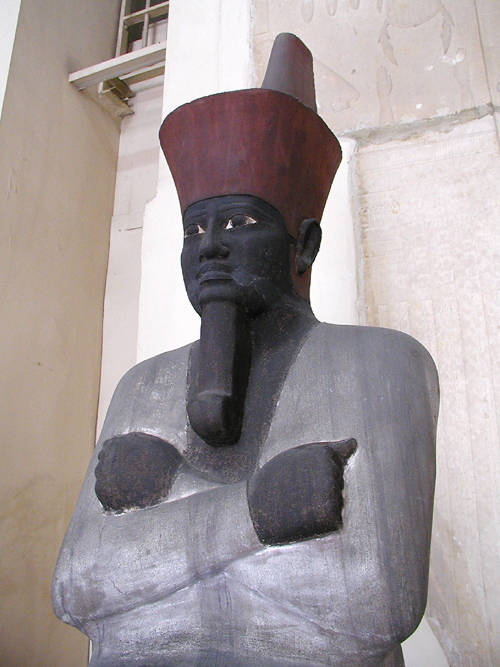
2060 BCE - 2010 BCE - Mentuhotep II (All Policies)
4th King of the 11th Dynasty, 1st King of the Middle Kingdom
Reigned for 50 years
Reunified Upper and Lower Egypt, ushering in what would become the Middle Kingdom of Egypt
Put down a rebellion in Abydos and Thinis (led by loyalists of the House of Khety (Dynasty 9) in Herakleopolis) upon which he showed no mercy
Fought, defeated, and crushed the House of Khety (Dynasty 9) and the city of Herakleopolis, annihilating the city’s cemetery and destroying its many tombs; once again, showing no mercy; effectively ending the House of Khety (Dynasty 9)
Created a police state in order to secure peace and power
Made a prison for those who survived the war in Herakleopolis
Severely punished those protested the new order either via torture, imprisonment, death, or if none of those three: heavy taxes
Thebes reaped the benefits of the taxes being collected elsewhere
Built a program of self-promotion mainly via “cult centers” all over the country
In order that people worshipped him
In order to ensure that those outside of his strongholds knew who was in charge
This might seem egotistical, but in the context of the time:
Enemies of him were enemies of "Ma’at” (cosmic order) since to have “Ma’at” was to have one ruler over all, which is something he knew the Egyptian people have always believed in since the ruler of Narmer (Menes) and thus he imposed punishment so severely with this concept in mind
Thus, what he was doing was necessary for the ultimate welfare of the state and the country as a whole
His goal was to bring kingship back to the highest and most sacred institution in Egyptian society (especially in light of the nomarchs being the highest prior to the 11th Dynasty)
This if that required his rule to be harsh - then so be it
Thus, he re-established centralized rule
Established the Egyptian capital at Thebes
His native city
Crushed the rival kingdom of Herakleopolis
Remembered by later generations as a great hero and savior of the country for reunifying Egypt
Named after “Mantu”, the Theban God of War
His throne title was named after a possible ancestor of Dynasty 11, the I of the family line and who was thus father to Intef the Elder
Likely buried at Thebes

2010 BCE - 1998 BCE - Mentuhotep III (All Policies)
5th King of the 11th Dynasty, 2nd King of the Middle Kingdom
Set up various rebuilding projects
Set up expeditions out to Nubia and other areas to gain resources to rebuild the Kingdom
1998 BCE - 1991 BCE - Mentuhotep IV (All Policies)
6th and Final King of the 11th Dynasty, 3rd King of the Middle Kingdom
His throne title was the “Lord of the Two Lands of Ra”
Set up expedition to quarry stone for his sarcophagus, a journey of which he sent his vizier to go do
His vizier was also his successor, his vizier’s titles were modest but also were sneakily indicating his further ambitions - to become King of Egypt; although how he became King from being this namesake King’s Vizier is not well known, nevertheless he was the next King and because he was not the namesake King’s son it ushered in a new dynasty
1991 BCE - 1782 BCE - Dynasty XII of Egypt (All Kings)
Egyptian Dynasty consisting of the rule of many kings, notably including
Amenemhat I
Senusret I
Amenemhat II
Senusret II
Senusret II
Amenemhat III
Amenemhat IV
Sobekneferu
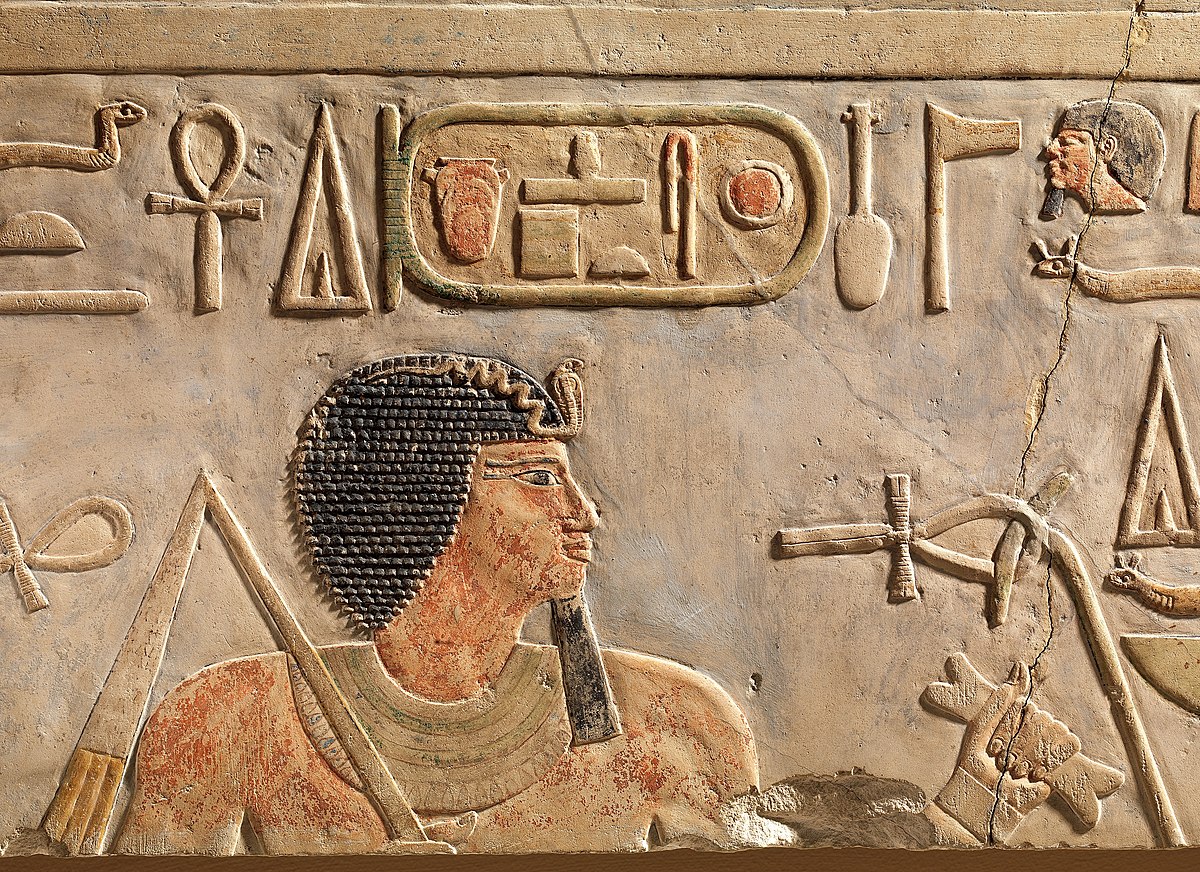
1991 BCE - 1962 BCE - Amenemhat I (All Policies)
1st King of the 12th Dynasty
First Pharaoh to establish Co-Regency (within the family); which effectively made his son his co-regent and thus successor:
This accomplished two things:
It trained his son and successor for the role
It helped prevent problems of succession that had plagued previous dynasties
This was done to
Prevent political instability caused by
The lack of a successor; of which the namesake Pharaoh
Had taken advantage
Realized his own rise to power as a commoner had angered many in Egyptian society such as nobles and priests of whom were devoted to gods other than Amun
Rival claimants to the throne
Ensure a smooth transition of political power
This was unprecedented in Egyptian history
Constructed
A temple at Thebes for his patron deity Amun (absorbed in the Temple of Karnak Complex)
A new capital called Itj-Tawy and thus moved the capital from Thebes to Itj-Tawy
This was likely because of Theban royalty’s disregard for him since he was born a commoner
This was because he rose to the position of Vizier, and then to the position of King having come from a common family rather than of royal blood and thus Theban Nobility opposed him and there were many revolts during his reign
His mother may have even been Nubian
It was located just south of Memphis
His own pyramid to be built close to this new capital
This thus revived Pyramid-building of which the Egyptian civilians had not seen or participated in since the 5th Dynasty over 200 years prior
A series of fortresses near the Nubian border
Near the end of his reign, he ended up using these to launch an invasion into lower Nubia
Along with other civilizations at Egypt’s borders, Nubia had come into Egypt at will during its Second Intermediate Period because of the civil war being fought in Egypt distracting it from foreign invaders
Took Buhen as a strategic point to launch further invasions into Nubia up to the 2nd Cataract of the Nile
Fiercely crushed revolts to his Kingship (with the help of the newly established Secret Police, network of spies, and security forces from established by Mentuhotep II of the 11th Dynasty) and bountifully rewarded supporters of his Kingship
Reopened trade routes that ran through Nubia that were cut off during the First Intermediate Period of Egypt
Assassinated by political rivals, the first Egyptian Pharaoh known to have died in this way

1971 BCE - 1926 BCE - Senusret I (All Policies)
2nd King of the 12th Dynasty
Mercilessly cracked down on those he believed to be a threat to him or his family due to the assassination of his father
Led military campaigns / successful expeditions against the Nubians up to the 3rd Cataract of the Nile and in Libya
Gained Gold, Copper, and other resources from these campaigns which he allowed to flow down river and back to Itj-Tawy
Constructed
Chapel at Karnak
Obelisk at Heliopolis
Oldest standing obelisk in Egypt
Established his Co-Regent and thus his successor, thus continuing this policy
Buried in a pyramid a mile south of his father
Surrounding his pyramid were several smaller pyramids for various women of the Royal Family at the time
Brought Egypt to a new peak of prosperity by the end of his reign
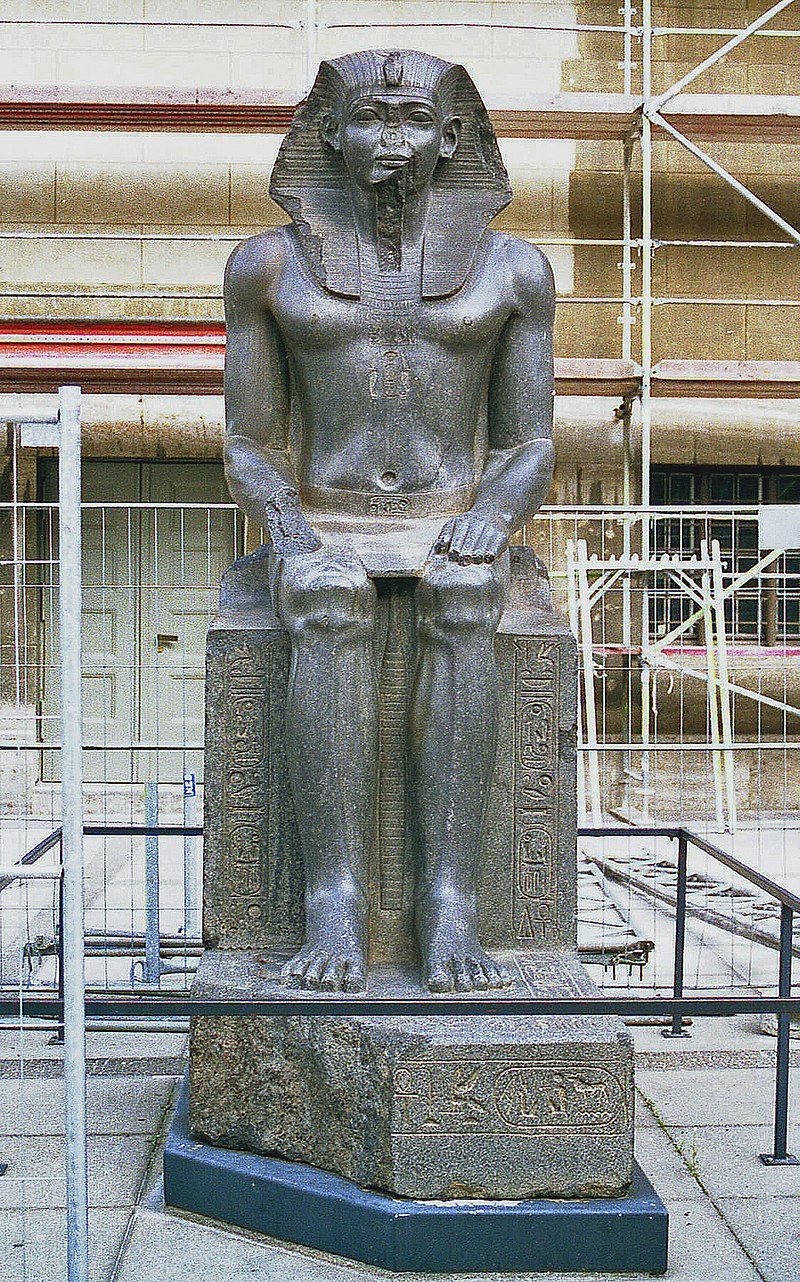
1929 BCE - 1895 BCE - Amenemhat II (All Policies)
3rd King of the 12th Dynasty
Extensively traded with Cretans, Lebanese, and possibly Babylonians
Many foreigners came to find work during his rule either by
Choice
Enslavement
Eventually, they permanently settled around the Nile, making the Egyptian ethnic population more diverse
Under his rule, non-Egyptian communities lived peacefully within the country, although were of a lower socioeconomic status compared to the average Egyptian
Buried in his Pyramid at Dashur (near the Pyramid of Sneferu)
Succeeded by his co-regent
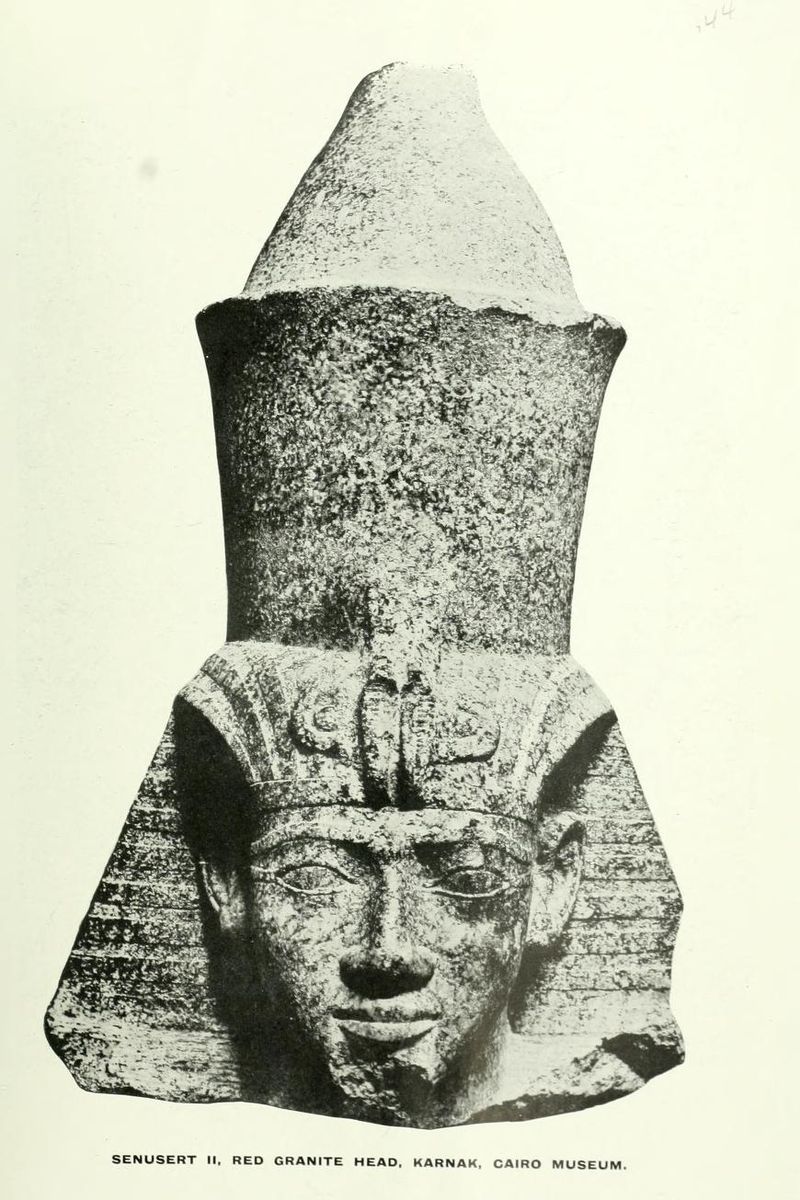
1897 BCE - 1878 BCE - Senusret II (All Policies)
4th King of the 12th Dynasty
Ruled during time of upmost stability and peace with there being no wars or rebellions, abundance of agricultural output, flourishing of trade and commerce, etc.
Got along really well with the powerful nomarchs during his rule, a relationship that was stronger than any Egyptian Pharaoh prior to him
Established the city of Kahun
Developed the area around the Fayyum Oasis
Buried at his pyramid in Kahun
Succeeded by his co-regent
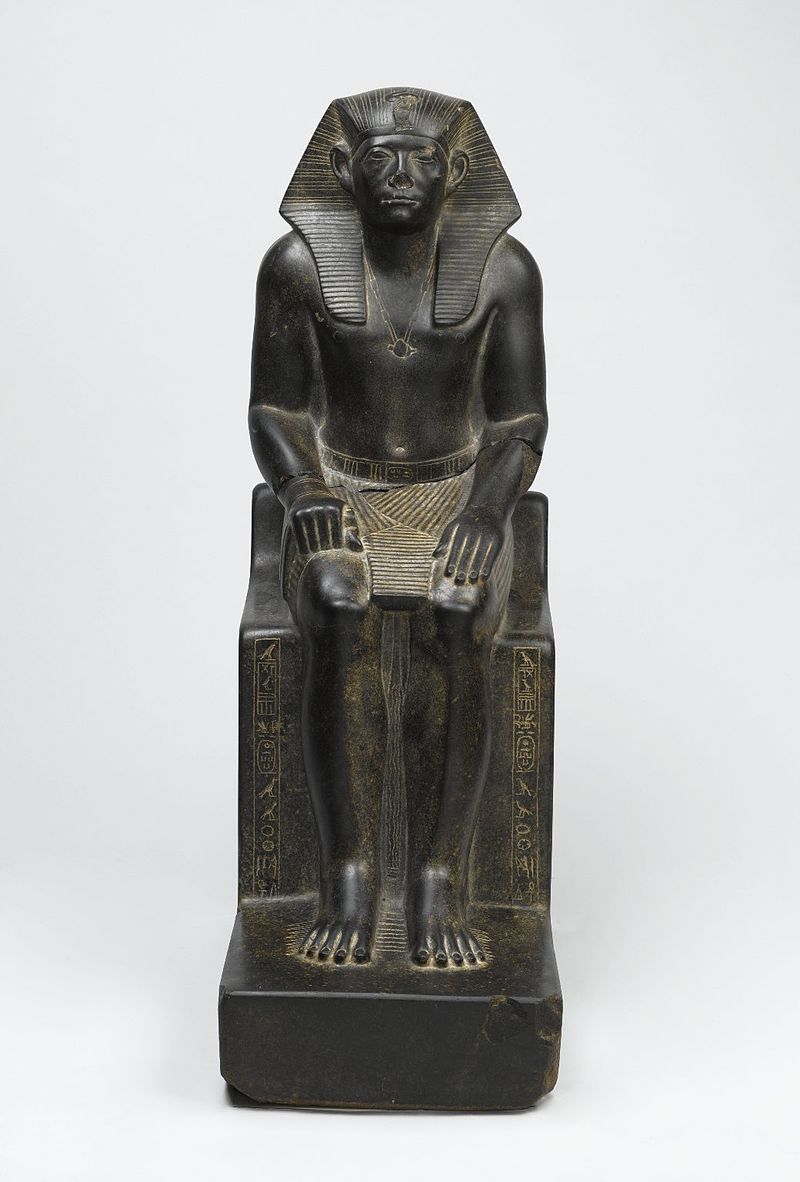
1878 BCE - 1841 BCE - Senusret III (All Policies)
5th King of the 12th Dynasty
Reigned for nearly 40 years
Continued to implement the policies and programs of his predecessor
Reformed the government and political organization of Egypt
Brought the nomarchs to the capital of Egypt (Itj-Tawy at the time)
Gave the nomarchs prestigious positions at court from which they would rule their respective kingdoms
Thus, the nomarchs ruled their Nomes from the capital of Egypt rather than from their Nomes
This made it so that the Pharaoh could keep a better eye on them in case they did something that would lead to corruption and thus made them less likely to do anything that would threaten the political stability of Egypt because this would threaten their own lives
He did this in order that Egypt wouldn’t break off into political instability again as it did going into the First Intermediate Period
This effectively suppressed moves towards provincial independence
Reformed the military and militaristic organization of Egypt
Annexed lower Nubia to Egypt and built new fortresses between the 1st and 2nd cataracts of the Nile near Nubia
Built fortifications on the Nile River to secure his country’s southern border
Did this in order to
Secure flow of resources up the river back to the capital
Establish a buffer zone between the Nubians (Kush) at Kerma (just beyond the 3rd Cataract) and country of Egypt north of there
Intimidate the Nubians (Kushites) not to rebel against Egypt
More resources, specifically gold, cattle, copper, and granite; flowed from Nubia up the Nile into Egypt at this time than at any other point in Egyptian history
Considered the most powerful and feared Pharaoh of the 12th Dynasty
Constructed temples
Led a military expedition into Palestine
Buried in his Pyramid in Dashur
The largest of the pyramids of the 12th Dynasty
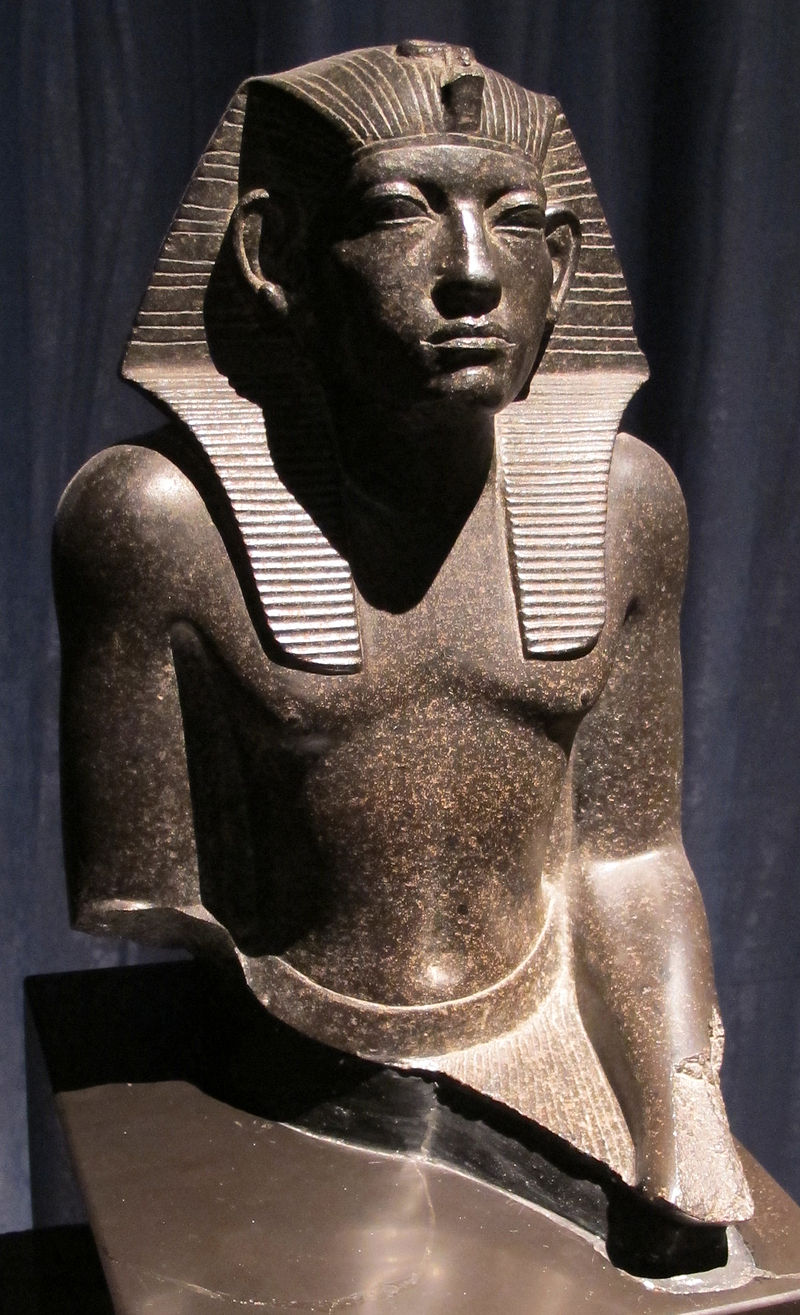
1842 BCE - 1797 BCE - Amenemhat III (All Policies)
6th King of the 12th Dynasty
Known for establishing friendly ties internationally and promoting international trade with:
Nubia
For the first time in Egyptian history, the ties were strong enough to the point where they did not openly rebel against the new Egyptian King
Sinai Region
Established a friendly relationship with their political leaders (chieftains)
Led mining expeditions involving Copper and Turquoise
Recruited locals there as forces for Egyptian border control
Byblos (Phoenicia)
Sent lavish gifts to the Princes of Byblos
Due to his widespread and friendly international prowess, it was under his rule that almost everyone who came to Egypt in search of work did so by choice rather than as slaves and were paid wages
He brought in an influx of foreign peoples into the country
Constructed
Temples dedicated to Amun
“The Black Pyramid” for himself at Dashur (likely used as a cenotaph)
Pyramid for himself at Hawara (where he was buried)
Masterminded massive irrigation and land reclamation projects, especially at the Fayyum Oasis, where he also built his pyramid and funerary temple
Appointed a co-regent and thus had a successor, he was the last King of the 12th Dynasty to continue to Co-Regency policy of its founder
Ruled over what many consider to be one of the most glorious periods in Egyptian history
Buried at “The Black Pyramid” at Dashur
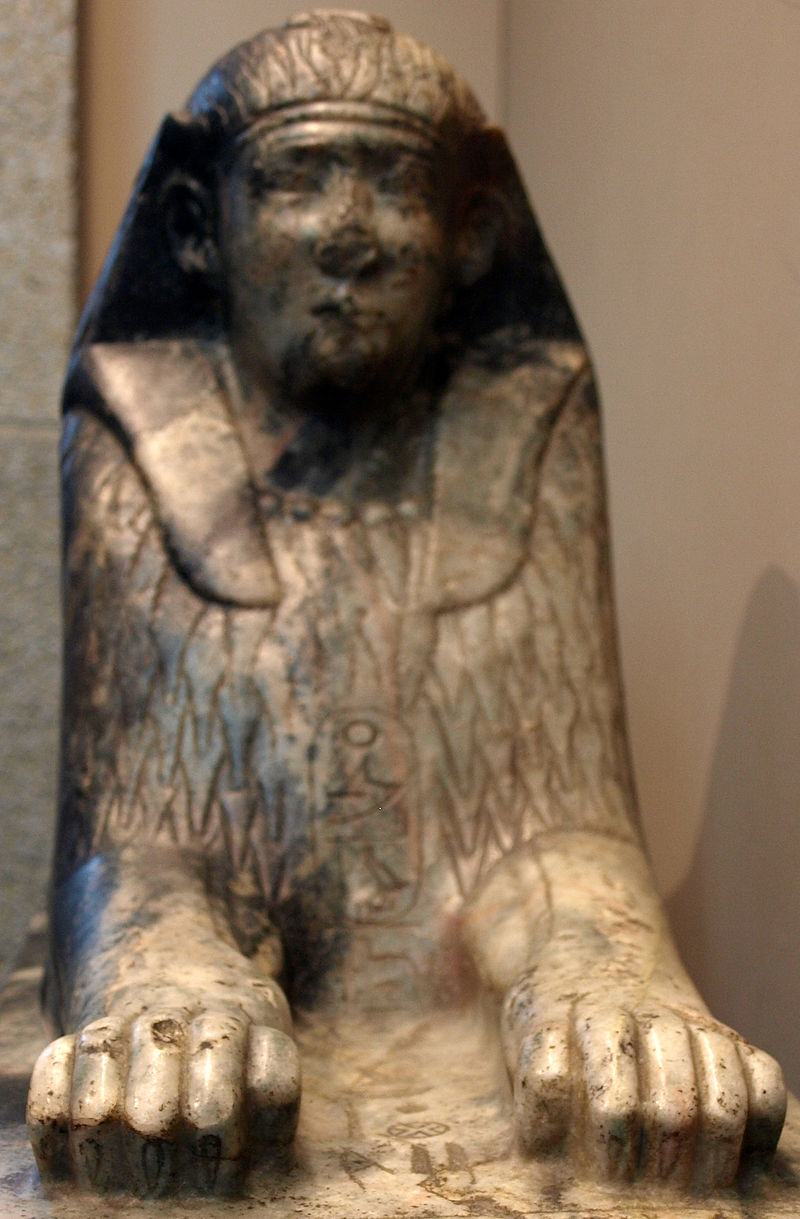
1798 BCE - 1786 BCE - Amenemhat IV (All Policies)
7th and Final King of the 12th Dynasty
Died too early to appoint a co-regent and thus successor
Replaced by his half-sister
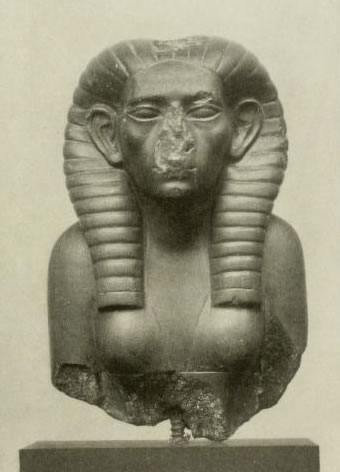
1785 BCE - 1782 BCE - Sobekneferu (All Policies)
Queen and Final Ruler of the 12th Dynasty
Only relative of Amenemhat IV at the time of his death and thus legitimized her rule
Could have been his half-sister, wife, or daughter
Buried at one of two pyramids south of Dashur, although her tomb has not been successfully identified
Because she was a woman, this indicated that the dynastic succession was in sudden crisis and rule for the nation was desperate enough to have a female ruler
Also, she had no relative and thus the dynasty came to an end because the successor to her could not be from her family
As a result, political fragmentation occurred and Egypt went into another age of political instability
After her rule, Egypt eventually fell into the Second Intermediate Period of Egypt
1782 BCE - 1550 BCE - Second Intermediate Period of Egypt (All Events/Facts)
Period of Egyptian History which included:
Dynasty 13
Dynasty 14
Dynasty 15
Dynasty 16
Dynasty 17
Characterized by political fragmentation and difficult evidence to piece together
1782 BCE - 1550 BCE - Second Intermediate Period of Egypt (Notable Kings / Rulers)
Consisted of the rule of many notable Egyptian kings including:
Salitis
Bnon
Apakhnan
Apophis
Iannas
Kertos
~1782 BCE - ~1650 BCE - Dynasty XIII of Egypt (All Facts)
Had 10-70 Kings and lasted roughly 150 years, implying major political instability
It may have not been a dynasty at all but rather a rotation of rulers selected from powerful families of the day
Due to the fact that elders are the most respected in the Egyptian family and thus would’ve been chosen as rulers, rulers were likely already very old upon taking leadership of the country
This might explain the short reign of so many kings
This system might have been established to prevent another succession crisis that characterized the end of the Sixth Dynasty and start of the First Intermediate Period
The state remained intact and did not fall apart likely due to the political/governmental reform efforts of the previous (12th) Dynasty
Whoever the first King of this Dynasty was, he was recognized throughout Egypt, characterized by a smooth transition to power highlighted by the fact that
The capital remained at Itj-Tawy
There was no trouble recorded in the succession process
There were no political or religious policies, construction projects, or military expeditions recorded during the rule of any of the Kings of this dynasty
Military Policy:
Fortresses and Garrisons were disbanded and eventually completely abandoned during the rule of this Dynasty
In Nubia
Some of the soldiers stationed there defected to the Nubians at Kush
These fortresses were eventually destroyed by the Nubians
In the Sinai region
In Canaan
It was likely that
Viziers and civil servants actually ran government rather than the Pharaoh
Such capable administrators though did not have the divine authority that a powerful King such as those in the 12th Dynasty would have had to exert their will throughout Egypt in its entirety
The Pharaoh ruled in name only for ideological and religious reasons and not for reasons pertaining to running the country
As a result, the Nomes that lived in the capital and the Kings who never left the capital made it so that power was too centralized
Thus, the weight of authority within Itj-Tawy lessened over time within the provinces until it was all gone
Most well-known King of this Dynasty was Sobekhotep IV (Dynasty 13 King)
By his rule, however, Egyptian authority in the Egyptian provinces (Nomes) had collapsed
During this Dynasty, a few major events occurred/were occurring including:
A major ethnic/demographic shift was taking place that would change Egyptian history forever
Groups of people from Western Asia (Asiatics) especially from Canaan and the Southern Levant moved into Lower Egypt either by choice to look for work or as slaves
The establishment of the city of Avaris
The first major multiethnic city in Ancient Egypt
Attracted foreigners from nearby countries to settle there and make their fortunes there
Many of these foreigners such as those from Canaan and the Levant would
Rise to elite positions in Egyptian government in cities like Avaris
Grew considerably wealthy from living in Avaris, the trade center between Africa, Asia, and the Eastern Mediterranean
Lived even more luxuriously than non-foreigners living in Memphis or Thebes
Governors of Nomes effectively replaced their Nomarchs living in the capital and made trade deals independently from the state government in Itj-Tawy
Maintained its power even after the creation of the next dynasty, since the two dynasties were geographically rather than chronologically differentiated (as had been dynasties during the First Intermediate Period), although
It lacked the military resources necessary to overtake the new dynasty at Avaris, thus fragmenting Egypt as a whole into dynasties including itself
Along with the upcoming dynasty, life for the average Egyptian civilian was horrendous and change was imminent
~1750 BCE - ~1650 BCE - Dynasty XIV of Egypt (All Facts)
With the growth in wealth and power at Avaris, the leaders here realized they could make their own state separate from that at Itj-Tawy, thus establishing what would essentially be a new dynasty
Consisted of 56-76 Kings who ruled for 184 years (implying major political instability)
(Likely) ruled from Avaris
Many Nomes from this Dynasty come from Canaanite or Levantine origins
Most well-known King from this Dynasty was Nehesy
His father was Canaanite and his mother was Nubian
This indicates how ethnically mixed Egypt, especially Lower Egypt, had become by the time of Nehesy’s rule
Dynasty in which many problems occurred including:
Civil Strife
Drought (Famine)
Plague
Loss of previously conquered territory, especially in
Nubia
Thus, these rulers could have (but did not) used help from the state in Itj-Tawy
Maintained its power even after the assertion of the previous dynasty, since the two dynasties were geographically rather than chronologically differentiated (as had been dynasties during the First Intermediate Period), although
Most of Upper Egypt remained loyal to the previous dynasty
Along with the previous dynasty, life for the average Egyptian civilian was horrendous and change was imminent

~1650 BCE - ~1550 BCE - Dynasty XV of Egypt (All Facts)
Dynasty characterized by the rule of people collectively referred to as the “Hyksos”
Term used to refer to foreigners in general (i.e. the Nubians)
Is most strongly (and conveniently) associated, however, with the rulers of this dynasty
Was the first time in Ancient Egyptian history that foreigners invaded successfully and thus the first time they ruled under another power
Dynasty characterized by
The rule of fierce warrior-Kings on horse-drawn chariots
They had Bronze Age Technology that was clearly more developed than that of the previous dynasties of Egypt
Prosperity among Egyptians after the “Hyksos” cleaned up problems related to famine and drought that previous dynasties had failed to resolve, indicated by the fact that
Markets at Avaris were breaming with items
Including Wine, Metalwork, Textiles, Olive Oil, Timber, Fine Jewelry, Objects made of Gold, Objects made of Silver, Other Items of Value
From various places including Levant, Cyprus, and The Aegean
Exemplified by the exchange of gifts by the “Hyksos” rulers with rulers from other civilizations of the time including the Hittites, the Minoans, and even the Nubians
They essentially raised Lower Egypt to new heights not seen since the glory days of the Middle Kingdom
The “Hyksos”
Came in from the East
Annihilated and all of Egypt’s great cities
Plundered numerous temples
(Allegedly) Oppressed the Egyptians
(Supposedly) Moved capital from Itj-Tawy / Avaris to Memphis
Expanded their rule South all the way to Kahun / Fayyum Oasis / Beni Hasan thus failing to take Upper Egypt such as in Thebes, where the 13th Dynasty still lingered on
The “Hyksos” conquered Lower Egypt with little to no resistance from those at Avaris or other cities in the Eastern Delta region and thus was not that violent
This was likely because
Those in Avaris were probably related to their Hyksos overlords since they were both of Canaanite/Levantine origin
Those in the Eastern Delta region were struck with problems of drought (famine) and plague and their own rulers weren’t helping them so they welcomed anybody who would challenge their own rulers
These issues however resolved upon “Hyksos” rule
However, later issues would ensue when “Hyksos” kings became more ambitious and wanted to rule not just over Lower Egypt but all of Egypt
Much of their memory however has been erased by succeeding dynasties who made an effort to erase them because of
The embarrassment and abomination that was foreign rule over Egypt
The fact that Canaanite gods such as Baal began to be worshipped more than Egyptian gods such as Osiris or Amun, especially in Avaris
Later reports about this dynasty spoke of barbarous inflictions, enslavement of women and children, and the destruction of great temples built in previous dynasties; but many of these claims went unproven and may have been nothing more than propaganda
The most well-known of the 15th Dynasty Kings was Apepi, who ruled for around 40 years
Marched up to but did not conquer Thebes
Gave himself lofty titles such as “beloved of Seth”
Established a cult center for himself at Naqada
Fought against Seqenenre Tao and Kamose of the later 17th Dynasty
~1650 BCE - ~1550 BCE - Dynasty XV of Egypt (All Kings)
Dynasty of Kings of Canaanite origin, who ruled collectively for 108 years and who include
Salitis
Sakir-Ha
Yaqub-Har
Khyan
Apepi
Khamudi
Were also known as the “Shepherd Kings” although the name “Hyksos” derives from the Egyptian for “ruler of foreign lands”
~1650 BCE - Salitis I (All Policies)
First King of the Hyksos Dynasty during the Second Intermediate Period of Ancient Egypt
Established a Hyksos Dynasty, which ruled Egypt with garrisons built along the entire length of the Nile River
The Hyksos under his rule were mostly illiterate, having simply adopted Egyptian customs, took Egyptian names, and learned to use the Egyptian hieroglyphic script
~1650 BCE - ~1580 BCE - Dynasty XVI of Egypt (All Facts)
Dynasty characterized by the rule of Kings at Thebes
Theories of who they were include:
Consolidated remnants of or a political/systematic reorganization of the 13th Dynasty, who had fled “Hyksos” rule in Lower Egypt
A ruling Theban family that had consolidated its power in Upper Egypt during the time of the “Hyksos” in the North
Vassals to the “Hyksos” and thus not independent at all
Caninities who established another new Dynasty in the South
Under their rule, many problems occurred including
Constant raids from the “Hyksos” and their allies
Constant famine
Natural Disasters
May have been a rival dynasty at Abydos, sometimes referred to as the “Abydos” Dynasty
The most well-known of the 16th Dynasty Kings was Neferhotep III
Theban considered to be a “protector” of his city
His successor was also well-known - Mentuhotepe
~1580 BCE - ~1550 BCE - Dynasty XVII of Egypt (All Facts)
Dynasty characterized by the rule of Kings at Thebes
Theories of how they replaced the previous Dynasty include:
The previous dynasty’s (last) King was defeated by the “Hyksos” in a raid that had occurred there during “Hyksos” rule and either
Created the conditions for a certain Theban family to seize power
Appointed a Theban family to rule as vassals to “Hyksos” rule up North
This is the most likely theory since the first few Kings of this Dynasty did not resist or rebel against their “Hyksos” overlords that ruled from Avaris
However, they eventually rallied around the Theban family more than the “Hyksos”
The previous dynasty failed to secure a new heir thus allowing another influential noble house to assume kingship
The first king married a woman from the preceding house as a way of strategic marriage to assume kingship
They broke out into a power struggle
Under this dynasty and prior dynasties, tribes from Asia had taken advantage of weak Egyptian leadership to infiltrate the Nile River delta and conquer the whole of Egypt, using war chariots and other forms of weaponry unknown to Egypt
These kings were all buried at Dra Abu el-Naga near the entrance of (what would later become) the Valley of the Kings
~1580 BCE - ~1550 BCE - Dynasty XVII of Egypt (All Kings)
Dynasty of Kings who include
Rahotep
Sobekemsaf I
Sobekemsaf II
Intef V
Intef VI
Intef VII
Senakhtenra
Seqenenre Tao
Kamose
This Dynasty (at the final King listened here) marks the end of the Middle Kingdom of Egypt
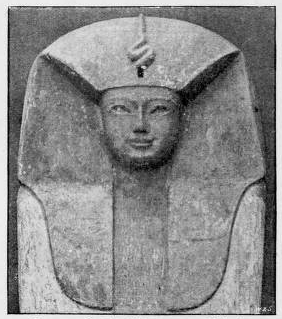
1558 BCE - 1554 BCE - Seqenenre Tao (All Policies)
8th King of the 17th Dynasty, 2nd to last King of the Middle Kingdom of Ancient Egypt
Went to war with the “Hyksos” for unknown reasons
Established a fortress and palace at Der-el-Balas from which he launched waves of attacks against “Hyksos” rule further North
Led his men from the front and engaged in hand-to-hand combat with his enemies personally
Killed in battle or executed as a prisoner, either way he was dealt a fatal blow to the head
His mummification process had been rushed due to the fact this his brain was not found out of his skull and he was not properly embalmed; likely because of the rapid pursuit of the “Hyksos”
By the end of his rule, any truce or lack of hostilities between the “Hyksos” and Thebes was over
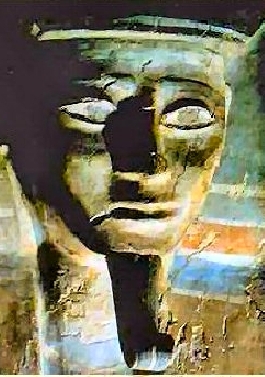
1553 BCE - 1550 BCE - Kamose (All Policies)
9th and Final King of the 17th Dynasty, last King of the Middle Kingdom of Egypt
The threat of Apepi and the “Hyksos” ruling over all of Egypt as non-Egyptians was unacceptable, especially to a man who not only recognized this but was proud enough as it was
Consolidated his power in Nubia
Took the land of Northern Nubia, which he was able to take without much resistance
Took the fortress of Buhen (first constructed by the Middle Kingdom)
Many of its defenders immediately defected to their Theban overlords having been Egyptians themselves
Appointed his viceroy Teti to administer and oversee the newly acquired territories of Nubia on his behalf, thus pacifying them for the time being to focus on the “Hyksos”
Intercepted a letter from the “Hyksos” in Avaris to the Kushites in Nubia proposing an alliance, which he thought had meant the “Hyksos” were (became) weak
Had taken all of Middle and Lower Egypt back from the “Hyksos” except for Avaris, so he regrouped and awaited the year after to do it but died shortly after
After a lengthy siege, he made the Hyksos defenders of the fortress capital of Avaris capitulate, helping bring the end to around 140 years of foreign domination in Egypt
The victorious Egyptian army under his rule then crossed the Sinai and Palestine and Syria in pursuit of the Hyksos and their allies in western Asia
He and his successor began to organize resistance movements in Thebes against their “Hyksos” overlords and his successor would liberate most of the delta before he even laid siege to the “Hyksos” stronghold at Avaris
The two dynasties would continue fighting but it did not get anywhere
By the end of his reign, and the end of “Hyksos” rule, the Egyptians had successfully learned the value of the horsedrawn war chariot, bows and arrows, and slings, from their “Hyksos” masters
Thus, they turned these same weapons on against the invaders, driving them north and west
His successor was too young to rule and so his successor’s mother ruled as reagent until he came of age to rule
1550 BCE - 1295 BCE - Dynasty XVIII of Egypt (All Kings)
Egyptian Dynasty of Kings notably including:
Ahmose
Amenhotep I
Thutmose I
Thutmose II
Thutmose III
Hatshepsut (Queen)
Amenhotep II
Thutmose IV
Amenhotep III
Amenhotep IV (Akhenaten)
Tutankhamun
Ay
Horemheb
This Dynasty marks the end of the Middle Kingdom of Egypt and the beginning of the New Kingdom of Egypt

1550 BCE - 1525 BCE - Ahmose (Foreign Policy)
1st King of the 18th Dynasty
Kicked out the Hyksos once and for all
Liberated most of the delta before he even laid siege to the “Hyksos” stronghold at Avaris
Set the precedent for Egypt not being insular anymore and thus always invading due to its constantly being vulnerable to new invaders
Pillaged Canaan (to the East) to prevent future armies from using the resources there to reinvade Egypt
Expanded Egypt’s border into Nubia between the 2nd and 3rd cataracts and set up a fortress there
To mine for gold
To prevent future Nubian raids into Egypt

1550 BCE - 1525 BCE - Ahmose (Religious Policy)
1st King of the 18th Dynasty
Continued to lift Amun up as the King of the Gods, politically nationalizing the cult of Amun by making his wife and sister Ahmose-Nefertari “God’s wife of Amun” and establishing this as the new title for Queens of Pharaohs
Because it gave him and his family control over the temples of Amun and their wealthy estates
Established a stronger link between the royal family and “cult of Amun”, which was already becoming very popular in Upper Egypt, even among the common people
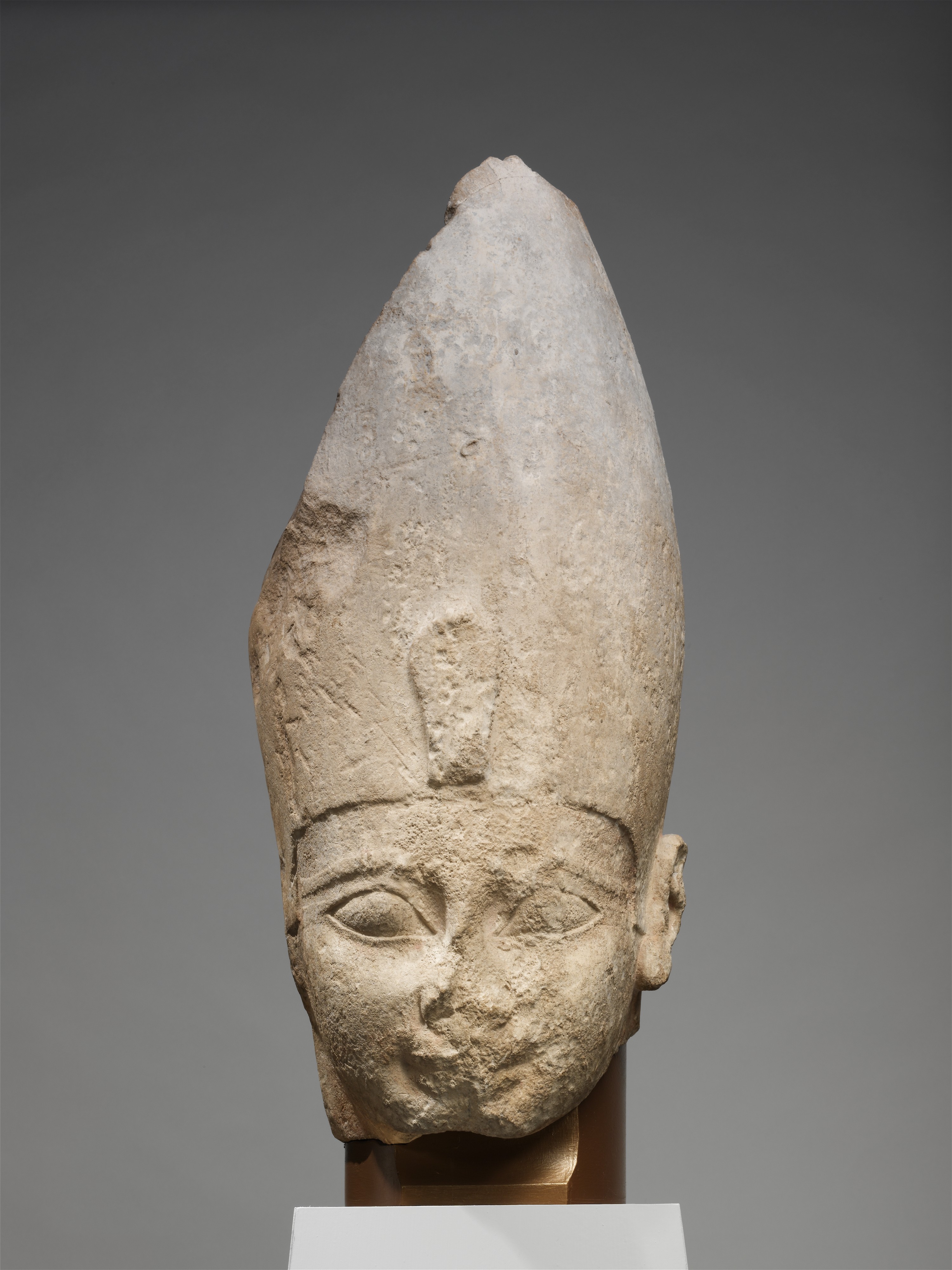
1550 BCE - 1525 BCE - Ahmose (Political Policy)
1st King of the 18th Dynasty
Continued brother-sister ruling:
Because Osiris and Isis were brother and sister and husband and wife, the Pharaohs were the closest humans to the Gods and had thus a justification in such marriage as a sort of imitation
To help prevent other families from quarreling, it helped keep power within one house and created stability
Not common among the people, only the leaders at the time
The issue with this policy, which appears as soon as Amenhotep I dies, is the inability to produce a male heir due to the historical incest

1550 BCE - 1525 BCE - Ahmose (Domestic Policy)
1st King of the 18th Dynasty
Helped Egypt recover from a massive rainstorm
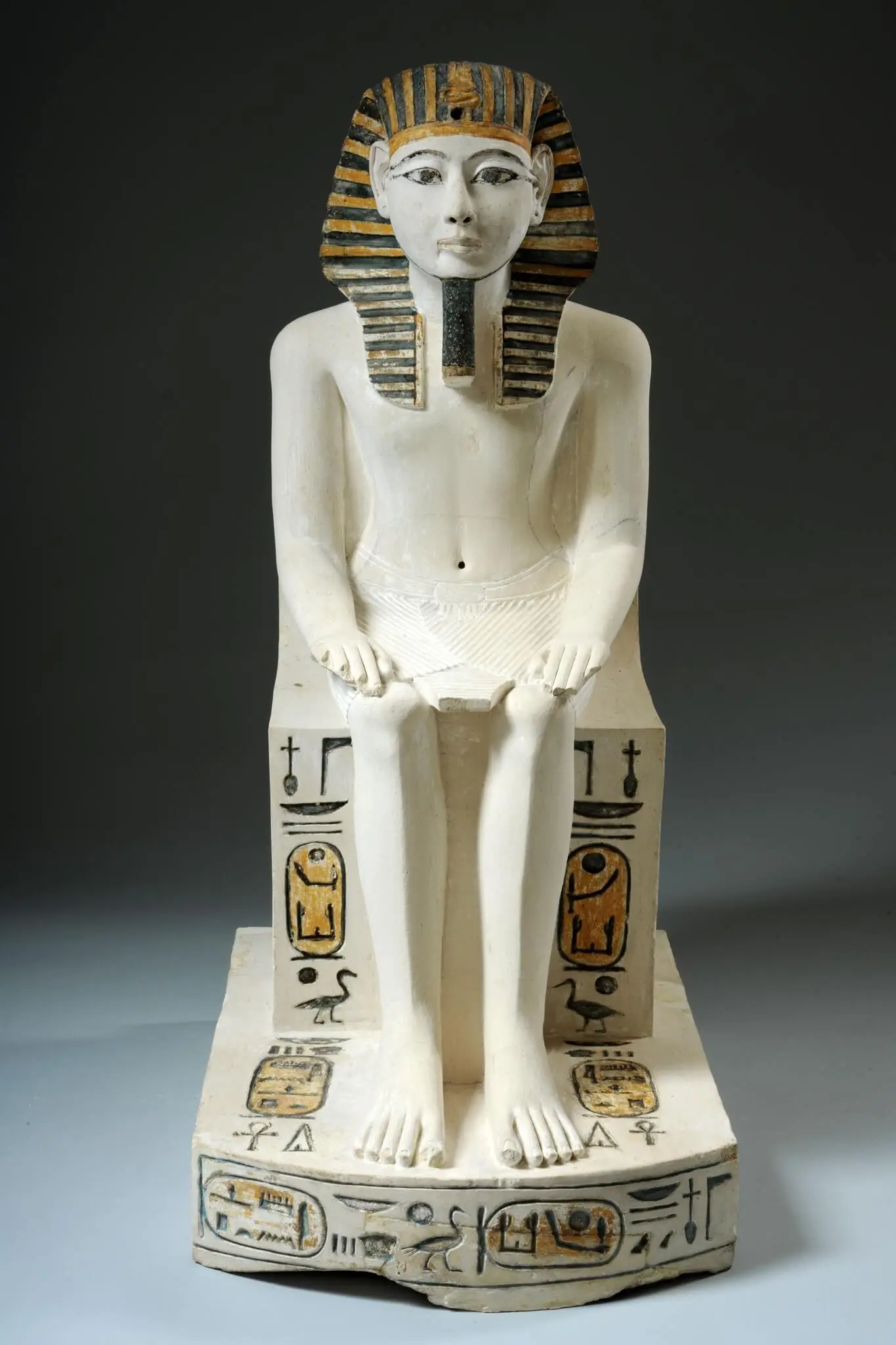
1525 BCE - 1504 BCE - Amenhotep I (Domestic Policy)
2nd King of the 18th Dynasty
(Most likely) Established the Valley of the Kings
Did away with the pyramids and funerary complexes of the prior dynasties
He and his contemporaries were aware that prior pharaohs’ tombs had been robbed
This was a liability because it meant these Pharaohs could not enjoy their possessions in the afterlife if they were taken from their tombs
This also meant that the Pharaohs themselves could not be in the afterlife if their sarcophagus was removed from their tombs
Thus, he hid his burial tomb in the mountains in a spot today known as the Valley of the Kings and his tomb is likely one of the few unidentified ones there
This thus kept it hidden away from the public eye and ensured that they would not be robbed
Also established the tradition of building mortuary temples in honor of the Pharaohs that ruled, this would effectively replace the funerary complexes
Reopened and renovated mines and quarries throughout Egypt that weren’t in use since the Middle Kingdom
Restored and renovated palaces and temples at Thebes, which was constantly being attacked and economically neglected (no trade occurring there) during the Second Intermediate Period
Funded and repaired infrastructure at Karnak, especially relating to Amun
Builders during his reign construct replicas of older architectural sites at Karnak, like the “White Chapel” of Senusret I whose name is replaced with Amenhotep’s
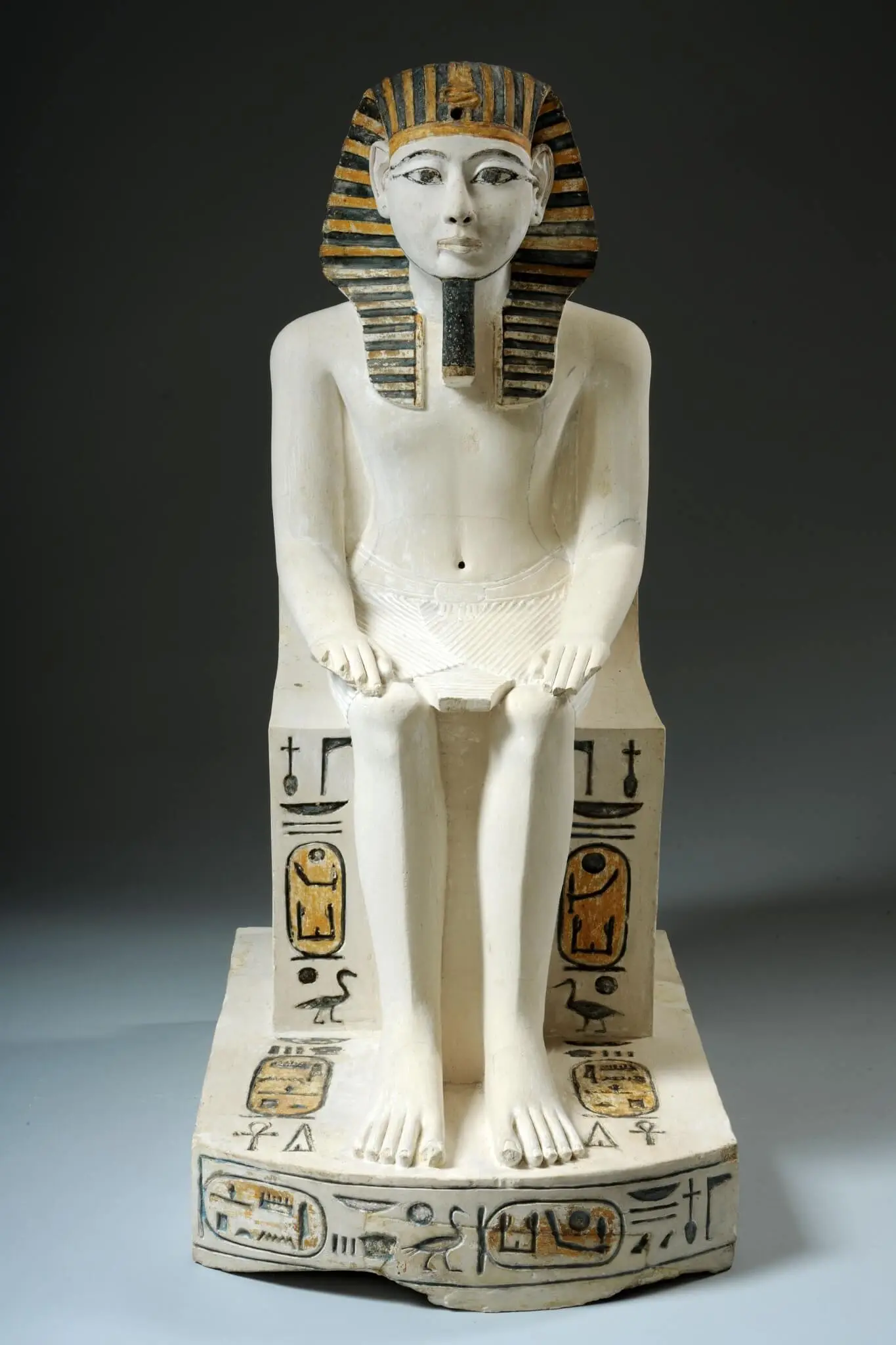
1525 BCE - 1504 BCE - Amenhotep I (Foreign Policy)
2nd King of the 18th Dynasty
Conducted military campaigns:
To the far northeast, farther than any prior pharoah
In Libya, in order to secure Lower Egypt and the Delta Region
In Nubia, due to raids of Kushites invading Egyptian-controlled Nubian areas; which he crushed with dominance
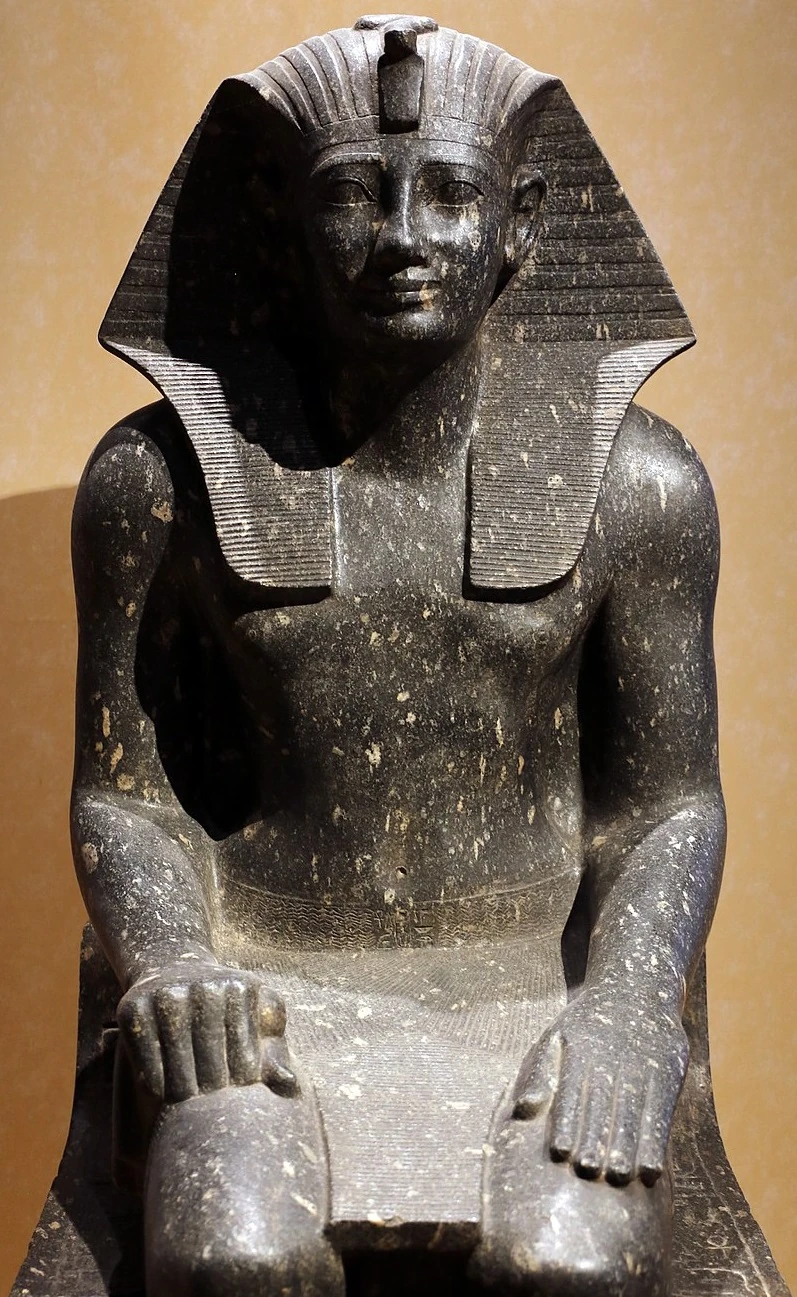
1504 BCE to 1492 BCE - Thutmose I (Foreign Policy)
3rd King of the 18th Dynasty
Nubia
Mercilessly annihilated Kerma (the capital of Kushite-controlled Nubia) and extensively invaded Nubia and Kush
Brutally crushed initial Nubian revolts in Egyptian-controlled Nubia
Recognized the Nubians were going to continue revolting unless he defeated the source of their revolts
Ventured ever further into Southern Nubia, farther than any Egyptian King prior to him
Took desert route past the 4th cataract and made inscription with his name at Hagar el-Merwa effectively making it the new southern boundary of the Egyptian Empire
Politically reorganized Nubia into 5 districts with governors who answered directly to him and were ultimately subservient to Egyptian rule
Established garrison towns throughout Nubia at various Egyptian fortresses there
Took Nubian chiefs’ sons hostage and indoctrinated them with Egyptian culture that they could bring back home to Nubia once he released them
Mitanni
Marched all the way to the North of the Euphrates River to subdue Mitanni forces, fearing had he not struck first they would come to disrupt the peace in Egypt
Essentially served as a warning to the Mitanni King not to come and disrupt Egypt and its zone of influence
Thus his Foreign Policy can be summarized as having expanded Egypt’s borders North (to the upper Euphrates) to South (to the 4th cataract of the Nile) more than any pharaoh prior to him
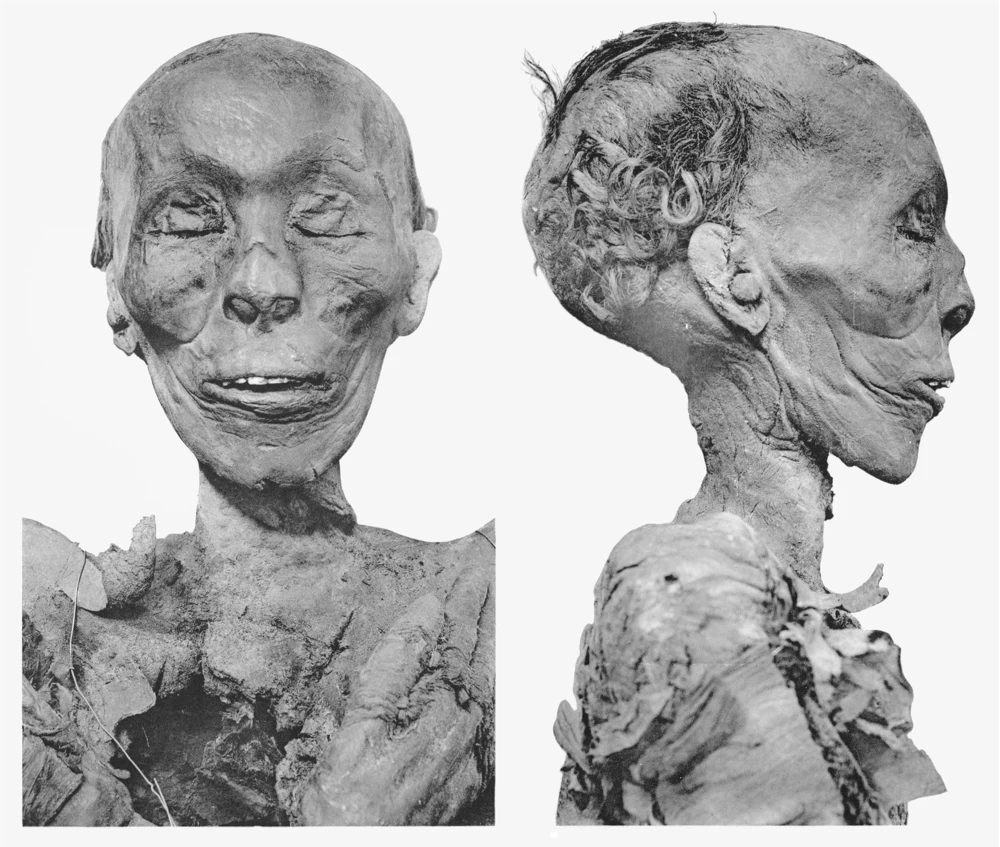
1492 BCE - 1479 BCE - Thutmose II (All Policies)
4th King of the 18th Dynasty
Foreign Policy:
Nubia
Mercilessly annihilated new rebellions of Nubians that began to rebel after Thutmose II’s death
Political Policy:
Marries his half-sister, Hatshepsut (daughter of Thutmose I)
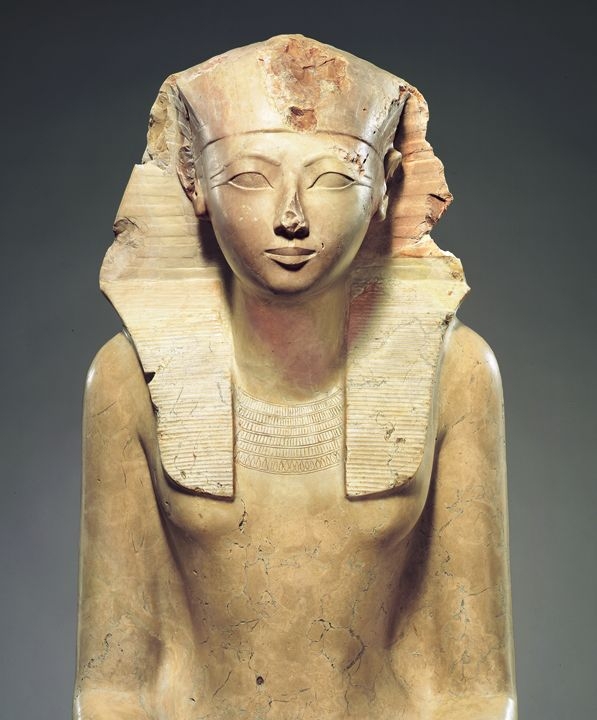
1473 BCE - 1458 BCE - Hatshepsut (All Facts)
Queen of the 18th Dynasty
Daughter of Thutmose I, wife and half-sister of Thutmose II
Woman with the highest status in Egypt at the time
Influential member of court at Thebes
Her name means “for most of noble women”
First Egyptian Woman to claim the throne during times of peace (Sobekneferu claimed throne during desperate times)
It was during her rule that the term “Pharaoh” came into use by the Egyptian Pharaohs to describe themselves as such
Accompanied Thutmose II on his military campaigns into Nubia
Reigned as regent for Thutmose III, just as Ahmose-Nefertari did for Amenhotep I and Ahhotep for Ahmose
She married her half-brother, Thutmose II, who died prematurely and left his son Thutmose III, the child of another wife of Thutmose II’s or possibly her nephew
She and her followers tried to neutralize her feminineness by representing her as having a masculine physique and wearing traditional men’s dress
Statues and paintings represented her as a bearded Osiris in the traditional manner
Claimed to be the daughter of Amun, claimed that Amun commanded her to build an obelisk at Karnak
Still ruled even when Thutmose III was of age, suggesting how powerful, influential, forceful, and charismatic she was
Death is unknown
Thutmose III systematically erased her name from monuments, images, and statues of her including those at her own funerary temple called Der el-Bahri where the broken pieces were put into a nearby quarry
Future kings tried to minimize her significance as her name does not appear on later king-lists, nonetheless many artifacts with her name have been discovered from the tombs of those who served her during her lifetime and thus her accomplishments and influence made it difficult for her to have been erased from history
Her foreign policy did little to pacify the resentment of Egypt’s subject peoples, (especially since she focused much more on domestic rather than foreign policy) whose resources and wealth were financing Egypt’s empire at their expense, especially in Canaan
She was buried alongside the male pharaohs in the Valley of the Kings in a spectacular tomb rather than being buried in the Valley of the Queens
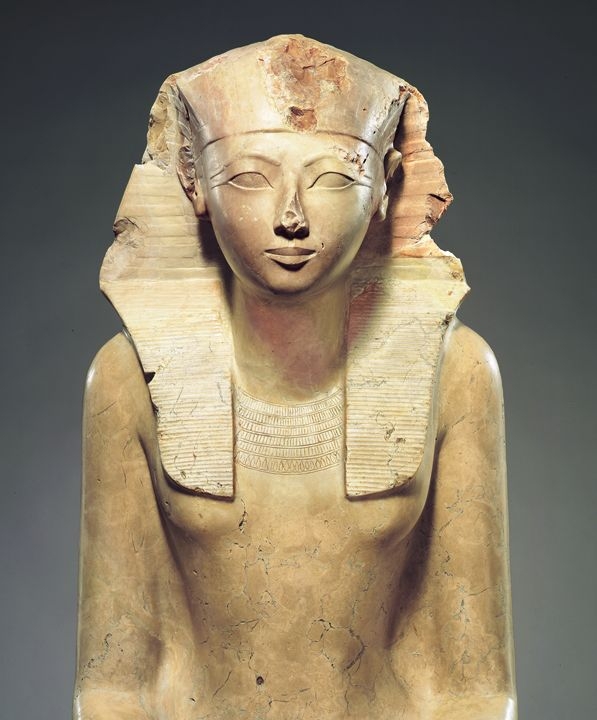
1473 BCE - 1458 BCE - Hatshepsut (All Policies)
Queen of the 18th Dynasty
Foreign Policy:
Launched trade expeditions into the land of Punt (SE of Egypt, Red Sea Coast, Somalia or further inland)
These expeditions brought back gold, ivory, incense, apes, birds, and trees to the pharaoh
These expeditions also went there to bring back myrrh trees to plant on the terraces of Egyptian temples
The Egyptian envoy used beads and other articles in the trading process
Domestic Policy:
Poured revenues from trade into construction projects at Karnak
There, she was responsible for the erection of two monumental obelisks
Built her namesake mortuary temple, one of the finest in Egypt
Her temple displayed the glory of the pharaohs and their deification in the afterlife publicly for the first time, rather than in the obscure darkness of the pyramids privately
Encouraged art and architecture throughout the land
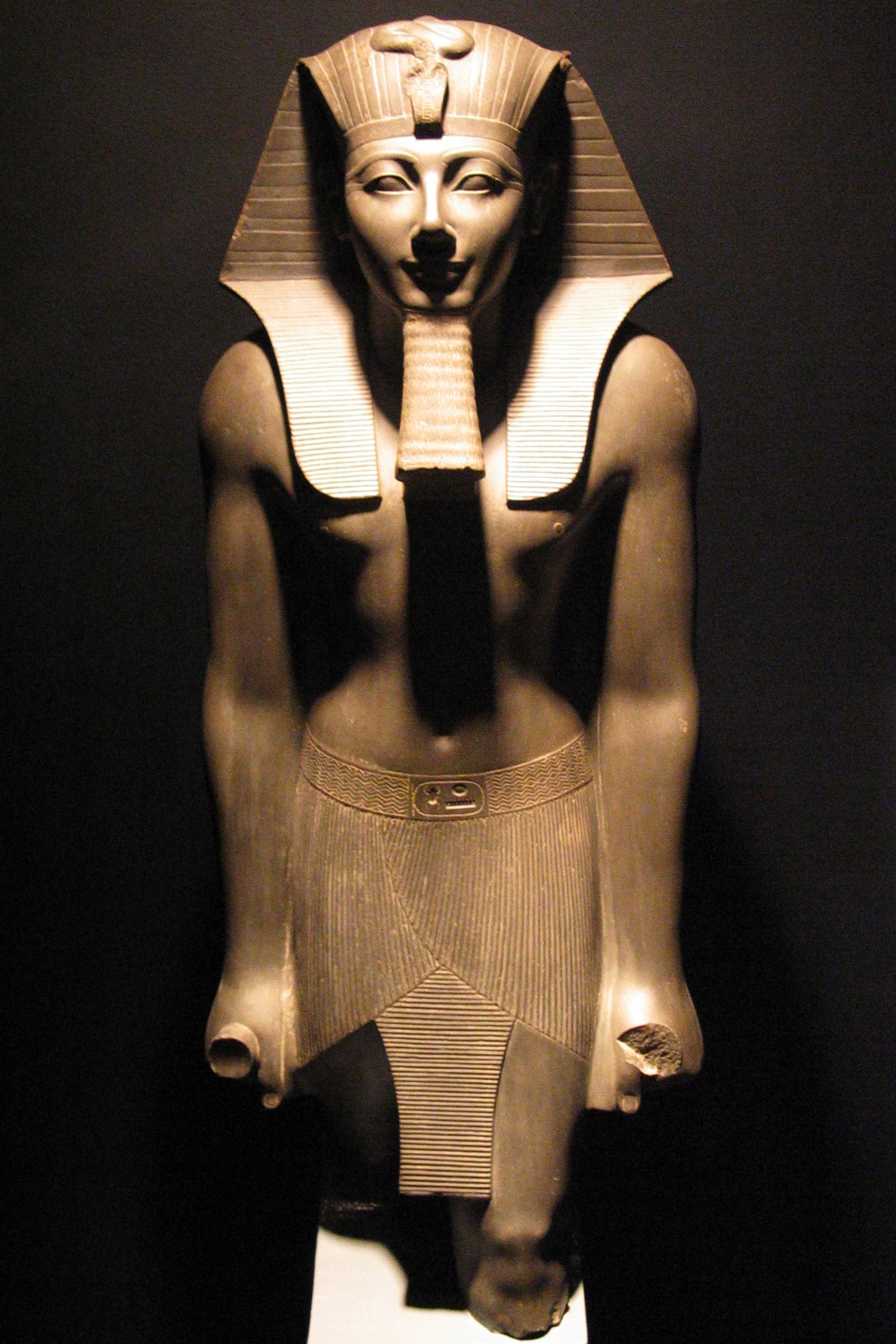
1479 BCE - 1425 BCE- Thutmose III (Foreign Policy)
5th King of the 18th Dynasty
Expanded Egypt’s borders to the banks of the Euphrates River
Battle of Megiddo
Rebellion of 300 cities led by the King of Kadesh at the time who prepared and began to rebel against their Egyptian overlords shortly after Hatshepsut’s death and his taking the throne
The rebel Canaanites take Megiddo, which accomplished 3 things:
Makes Egypt vulnerable to the Mitanni
Cuts off a vital a trade route for Egypt’s trading with Anatolia and Mesopotamia
Drains Egypt of its revenue coming from the Canaanite region
Thutmose III and his army march from Egypt then to Gaza then to Yehem where Thutmose decides on attacking Megiddo via the Aruna Pass, contrary to the advice of his councilmen who suggested a safer path around the mountains, which he did in anticipation that the Canaanites rebels assumed they’d take a safer route and redirect their forces there: he turned out to be correct thus giving the Egyptians the element of surprise
Personally lead the attack at Megiddo, ferociously; his soldiers plunder the city instead of chasing the rebels thus leading to an extensive siege that drains the rebels of resources until they’re forced to surrender, which they do and are pardoned by the Pharaoh
Lead his army in single file along a narrow defile - “horse behind horse, man behind man, his Majesty showing the way by his own footsteps”
The victory at Megiddo resulted in:
Enormous profits and wealth for Egypt from the artifacts they had taken from the 300 cities
Citizens being spared; but princes being taken as hostages; kings having fled the city prior to its surrender
Rulers from other empires sent gifts to the Pharaoh in support/recognition of his victory at Megiddo
Led 16 other military campaigns, Megiddo was his most significant
These campaigns led him and Egypt to dominate the world at the time, right alongside the Hittite Empire
Goal was to secure Egypt’s future as opposed to terrorize Egyptian subjects
Created “buffer states” around Egypt in order to defend his country against any repetition of the invasion which produced the Hyksos Dynasty during the Second Intermediate Period
Created a system, novel at the time, in which Syria and Palestine were forced to keep the peace and smaller king-states were kept under order
Under his reign, these smaller states enjoyed a level of prosperity greater than any previous time
Established an inspection system for collecting tributes from defeated nations
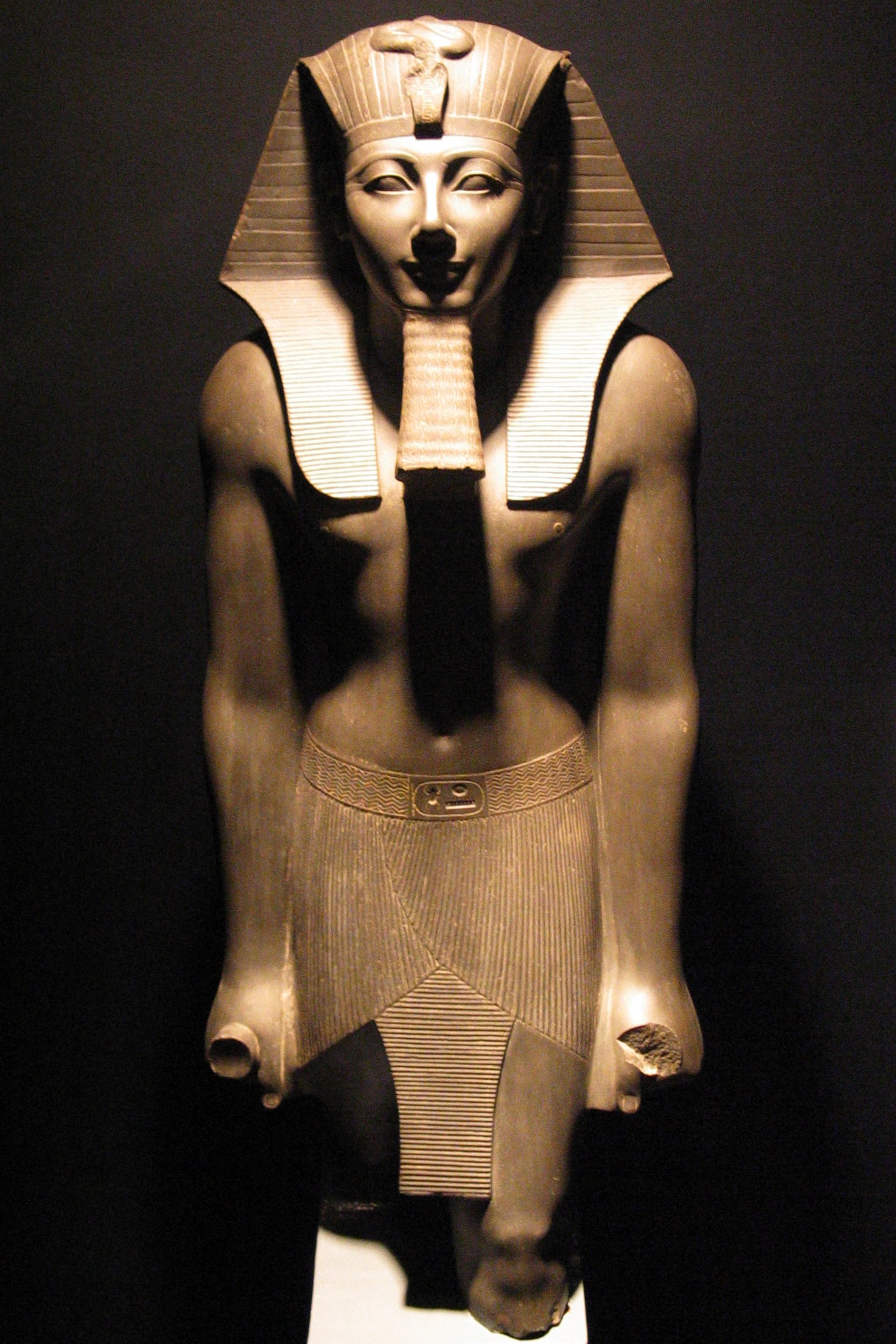
1479 BCE - 1425 BCE- Thutmose III (Domestic Policy)
5th King of the 18th Dynasty
Using the enormous wealth he had amassed from his campaigns and victory at Megiddo, he invested heavily in the cities, towns, and ports he had (re)conquered in order to make them even more prosperous than they were and thus keep them in Egypt’s possession
This showed the subject peoples that he cared about integrating them into a cohesive empire
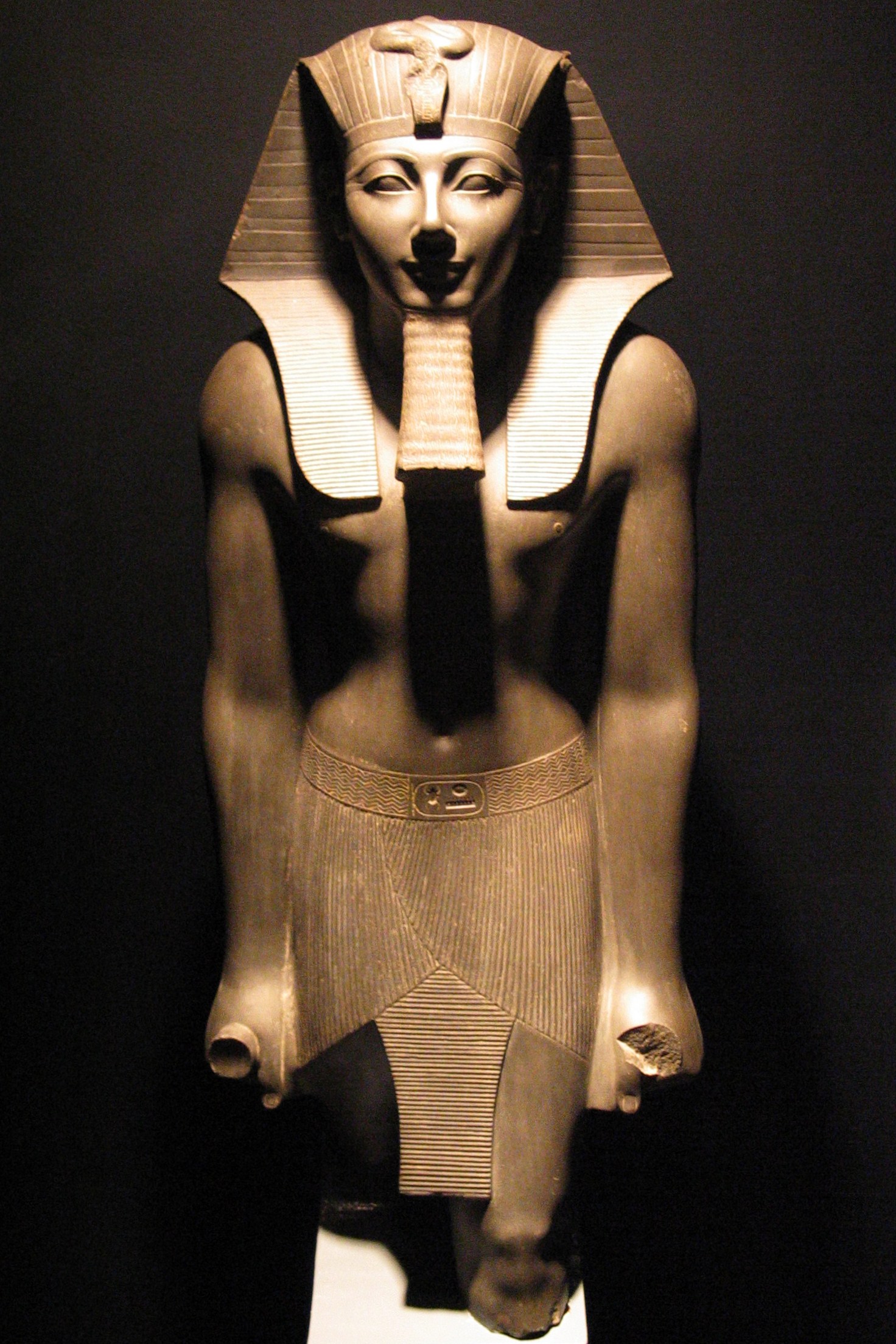
1479 BCE - 1425 BCE- Thutmose III (Political Policy)
5th King of the 18th Dynasty
Not only a great general, but a great statesman
Had a highly trusted group of officials back in Thebes (royal viziers, regional governors, security chiefs, scribes, the chief priest of the temple of Amun, etc.) running the domestic affairs of the empire while he was away fighting in Megiddo and his other military campaigns
Had multiple wives, suggested that they were from his many spoils of war; many of his soldiers had multiple wives as well
Ruled as co-regent with his son and successor for two years

1479 BCE - 1425 BCE- Thutmose III (Legacy)
5th King of the 18th Dynasty
Considered by many Egyptologists to be one of, if not the greatest Pharaoh of all time for his achievements, especially his fierce defiance against the rest of the world at Megiddo and his brave decision to go down the Aruna Pass at Megiddo
Treated his defeated enemies with considerable humanity, even deciding not to execute leaders who had fought against him; instead, they were deposed, and their sons and brothers were brought to Egypt and held hostage
1427 BCE - 1400 BCE - Amenhotep II (All Facts)
6th King of the 18th Dynasty
Son and successor of Thutmose III
Was a fine marksman with the bow and arrow
Extolled the values of “Sport” in Ancient Egypt